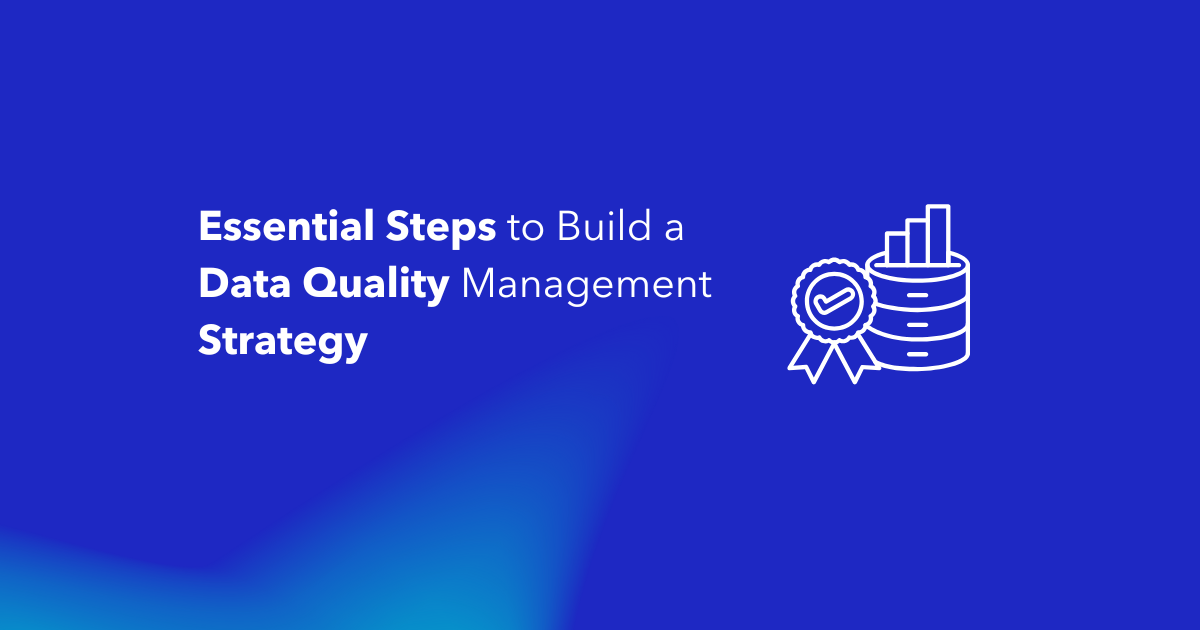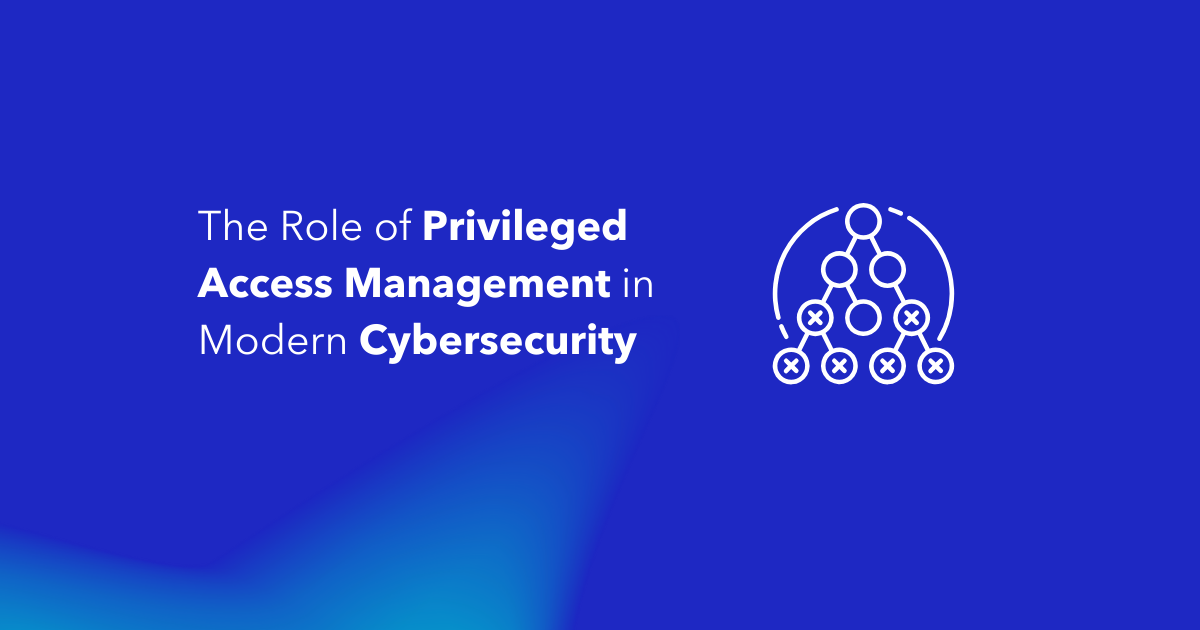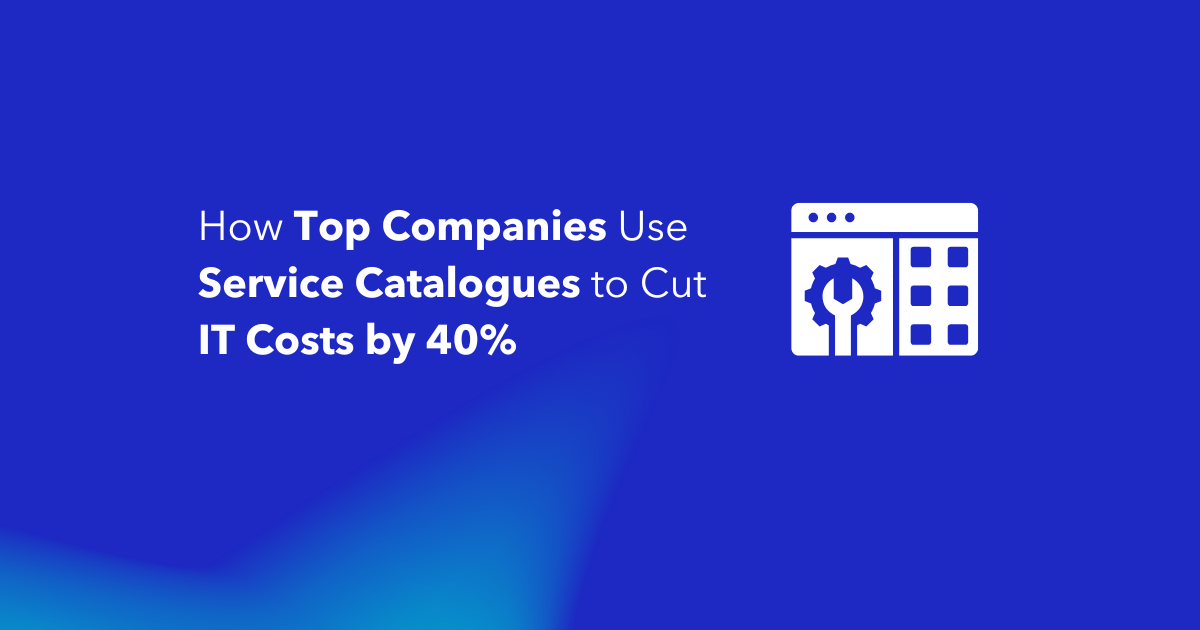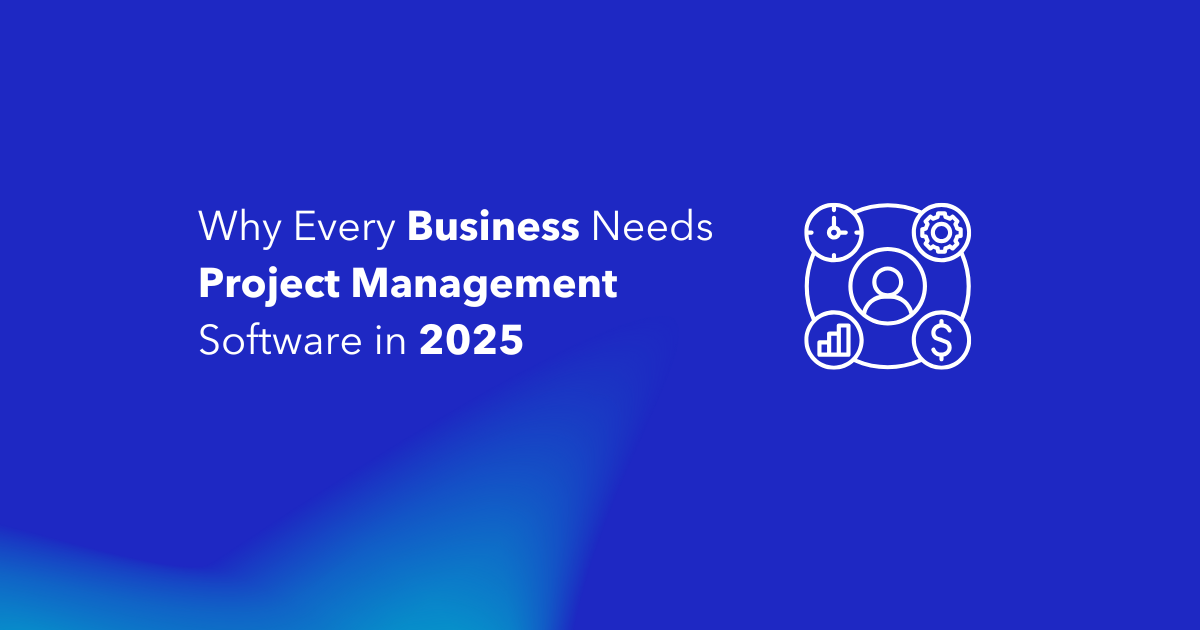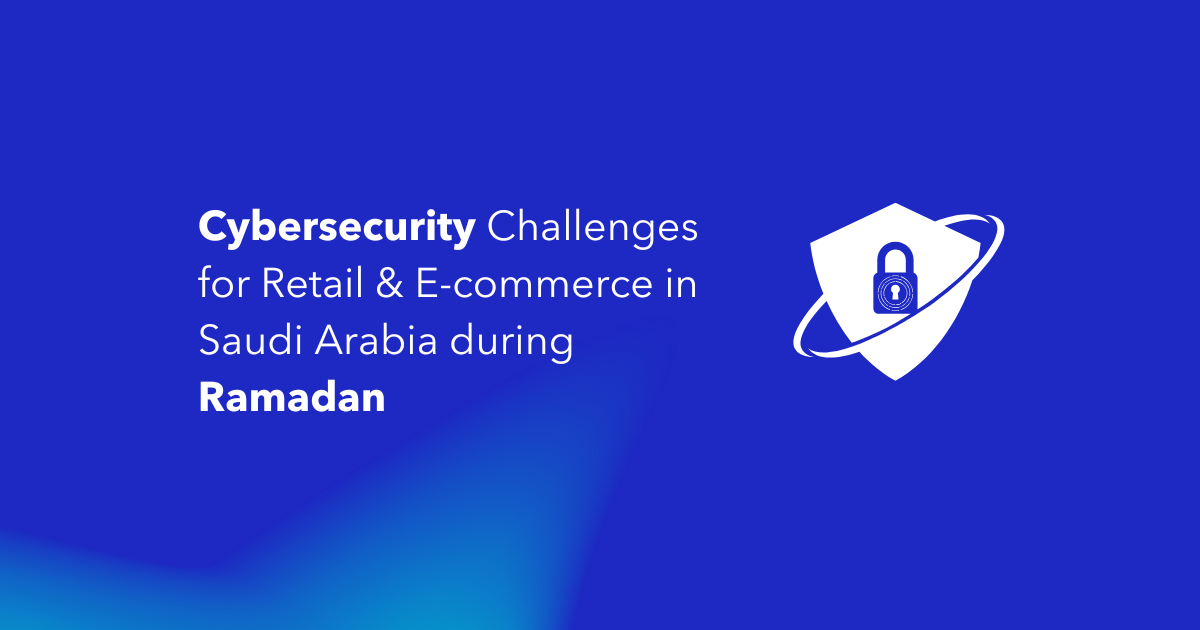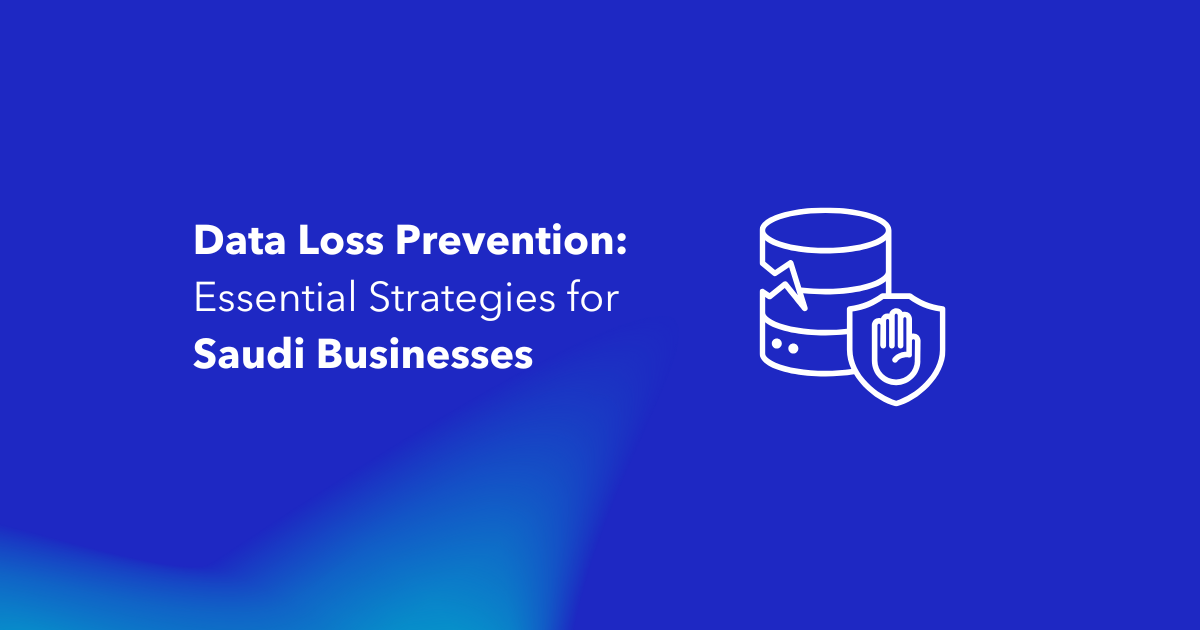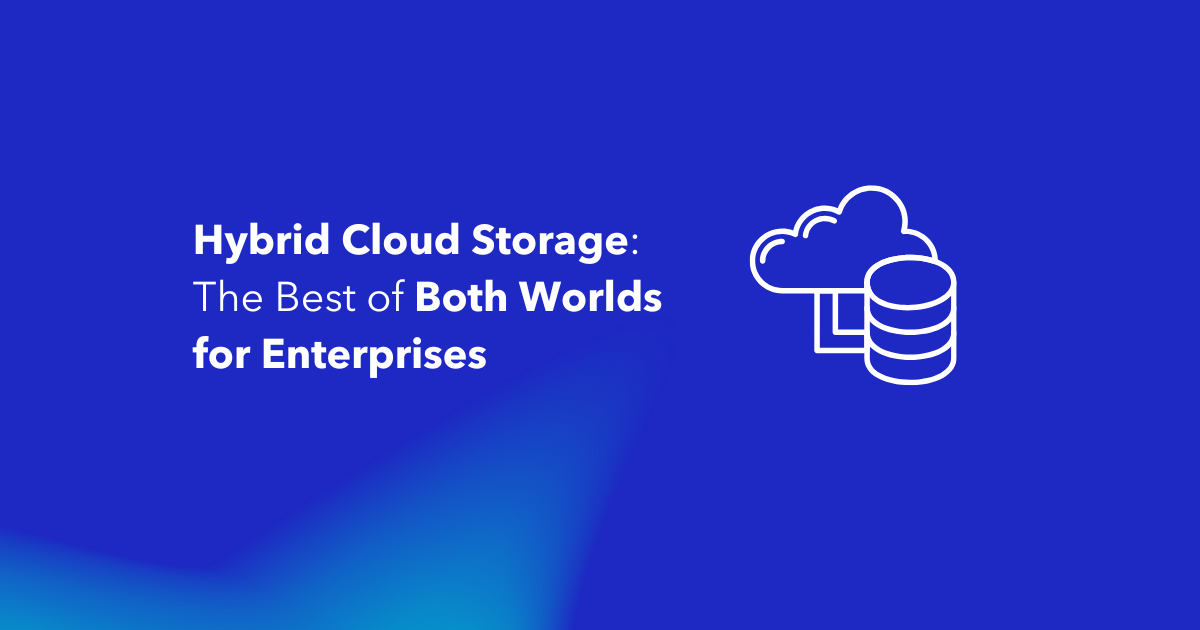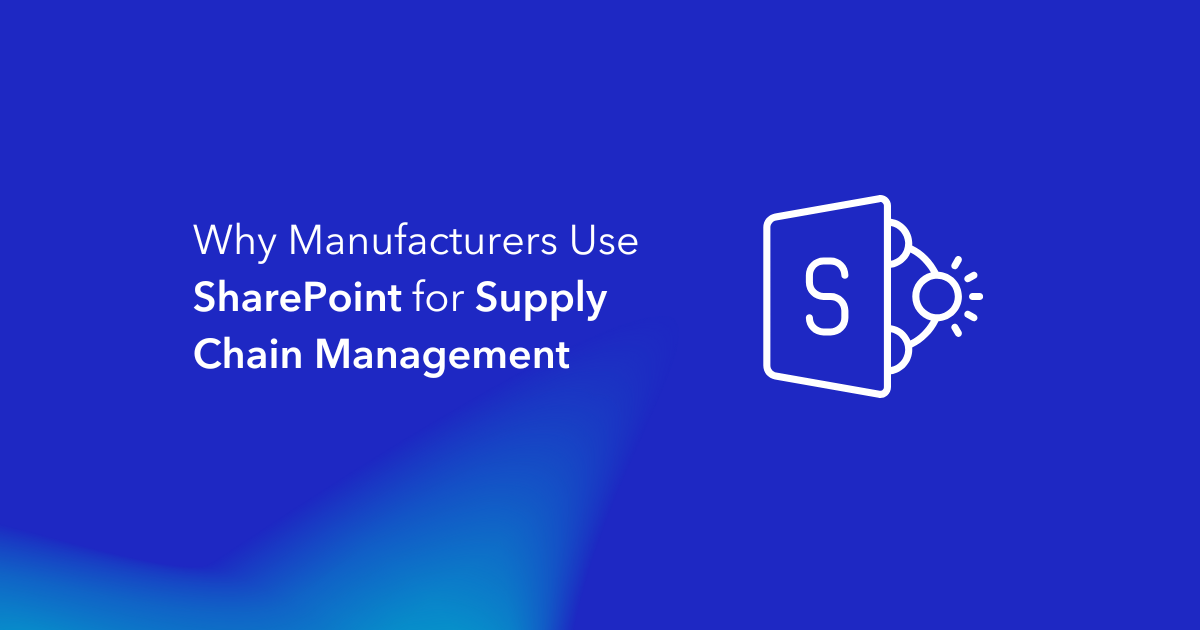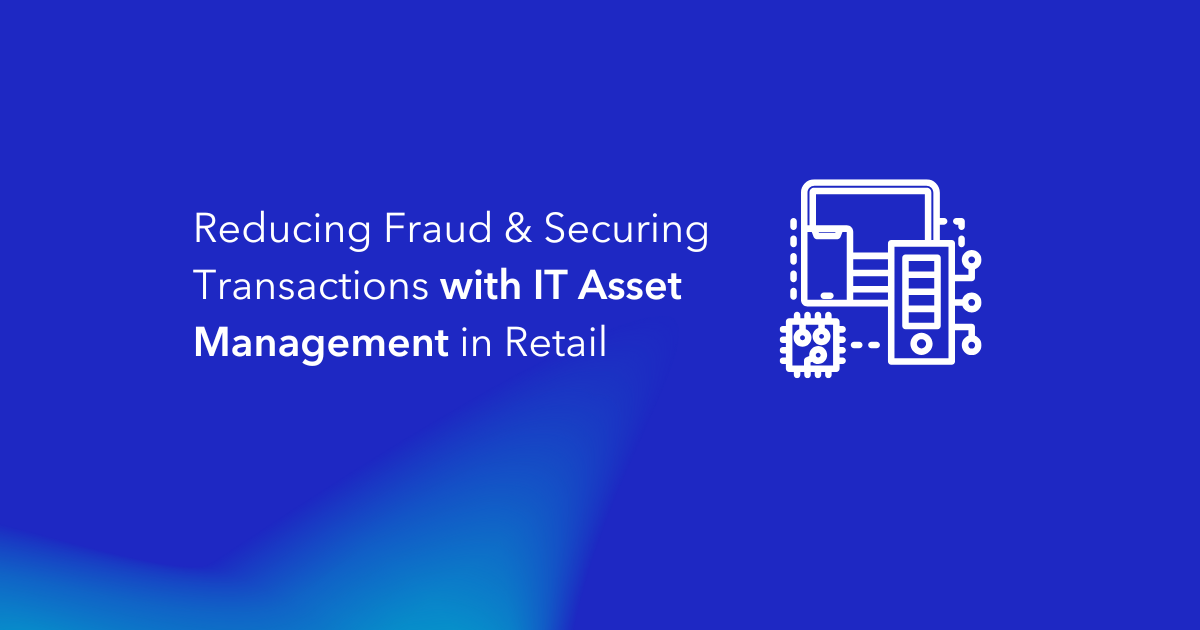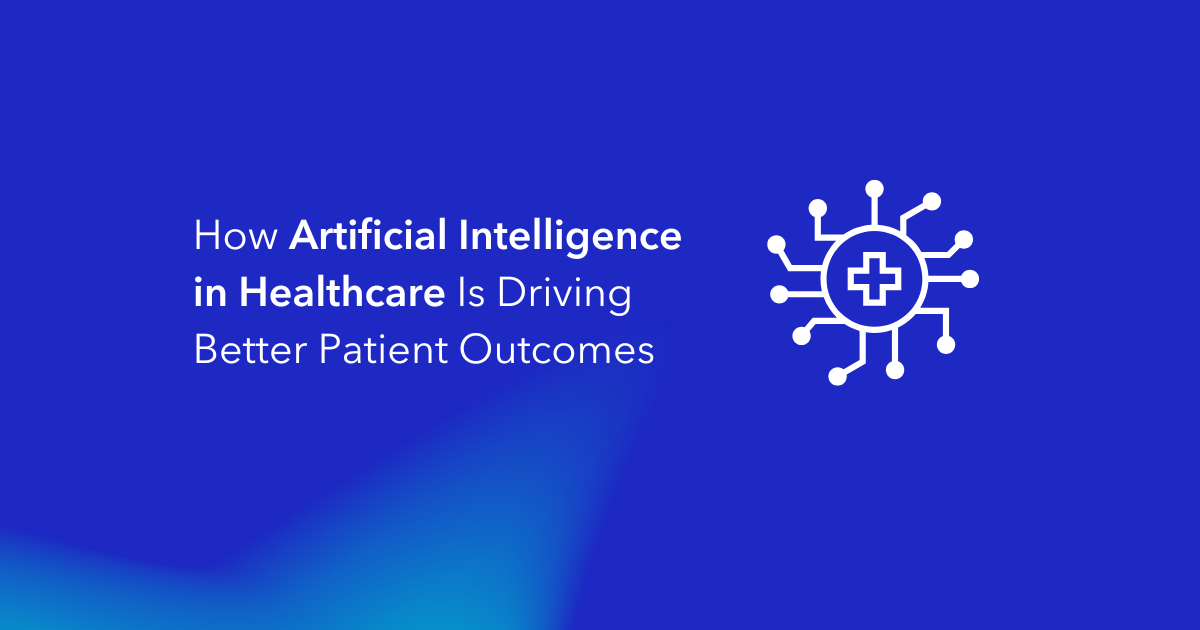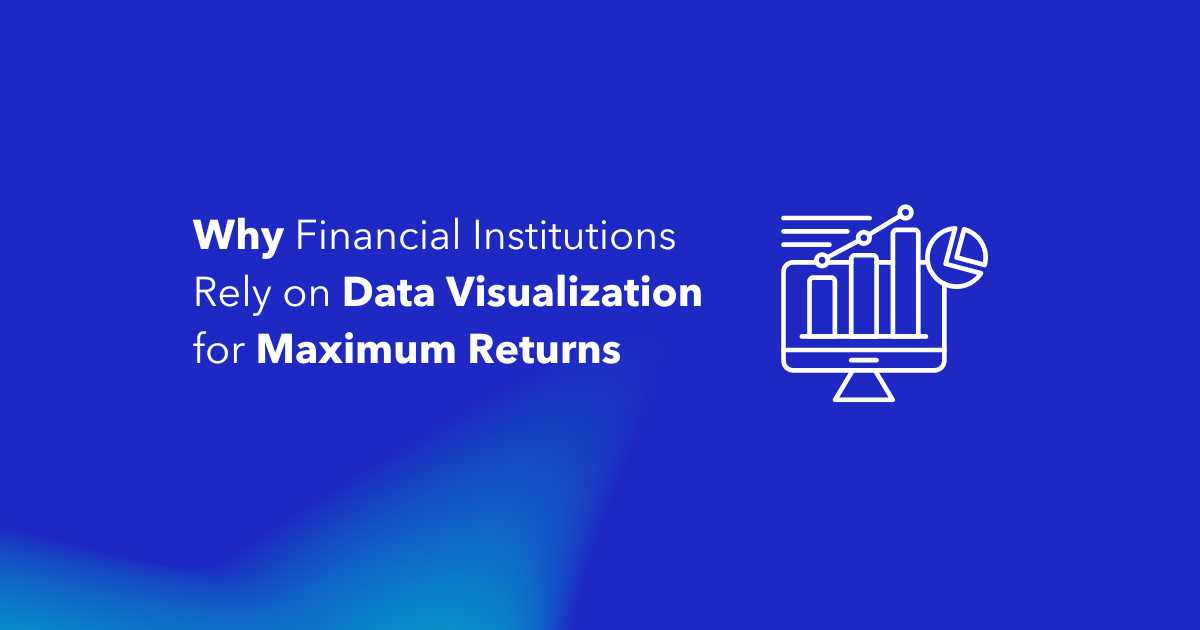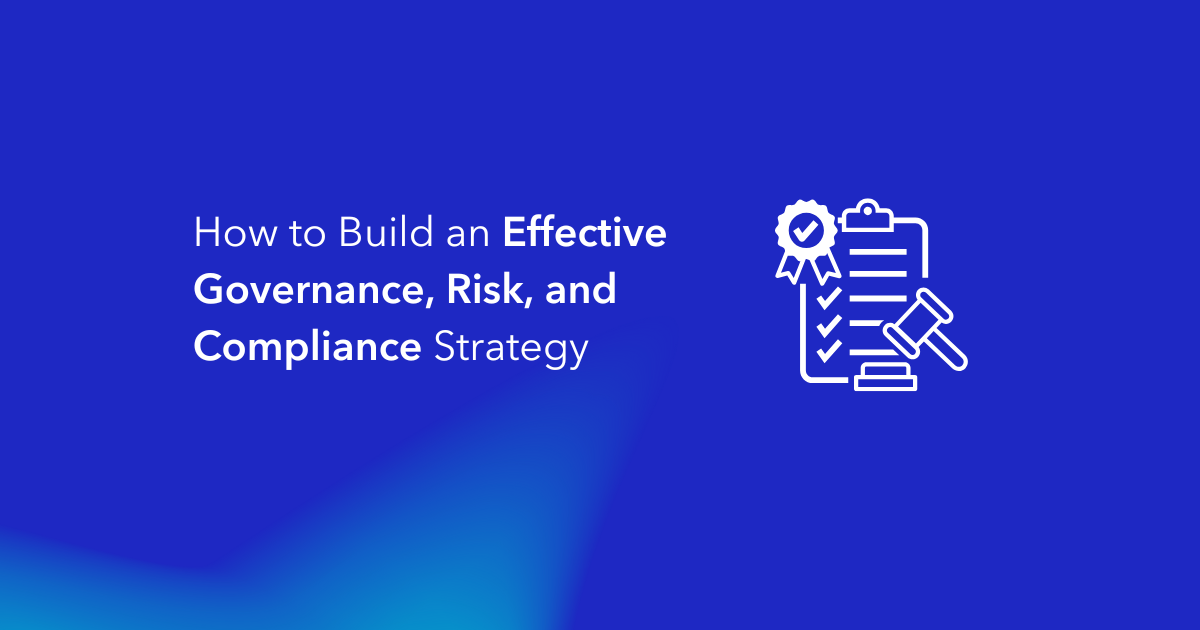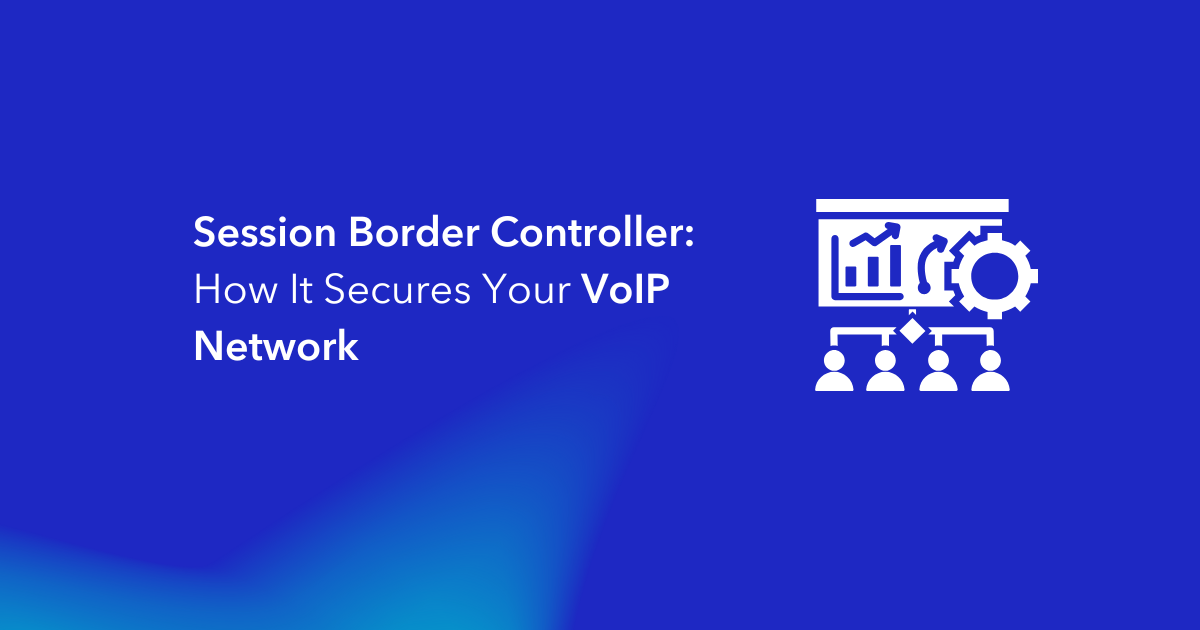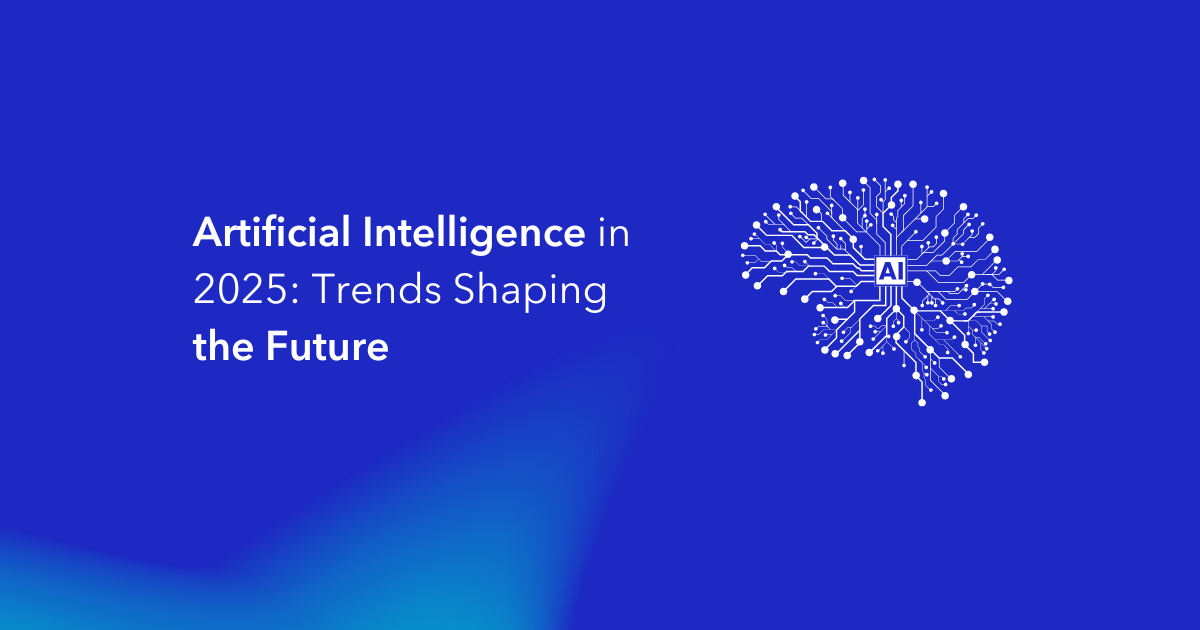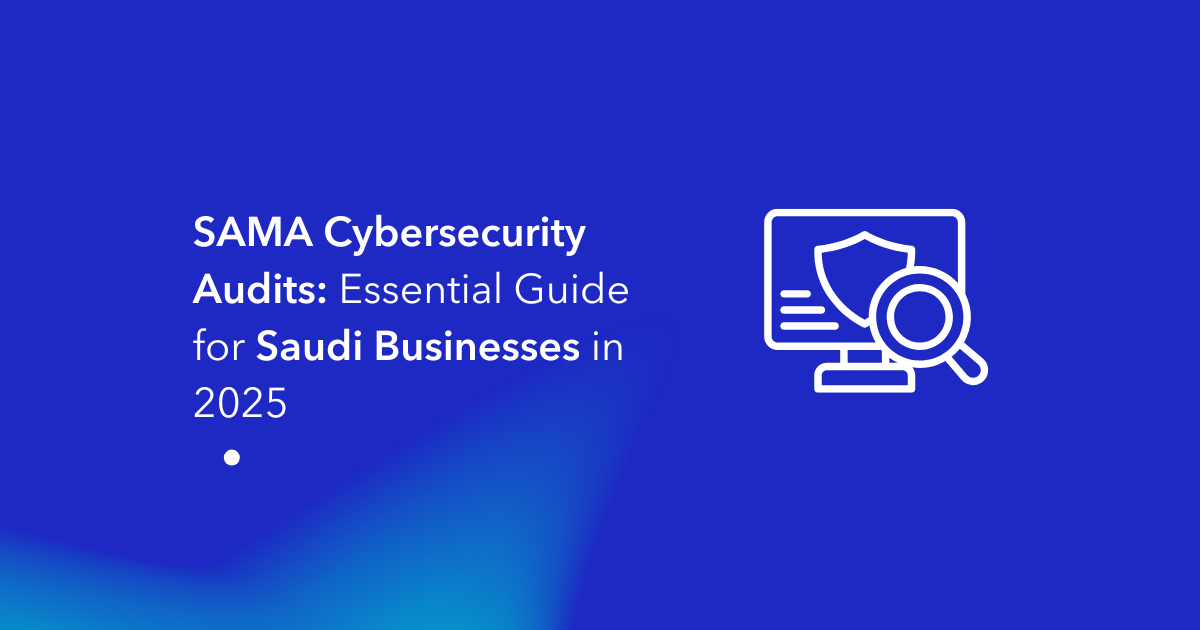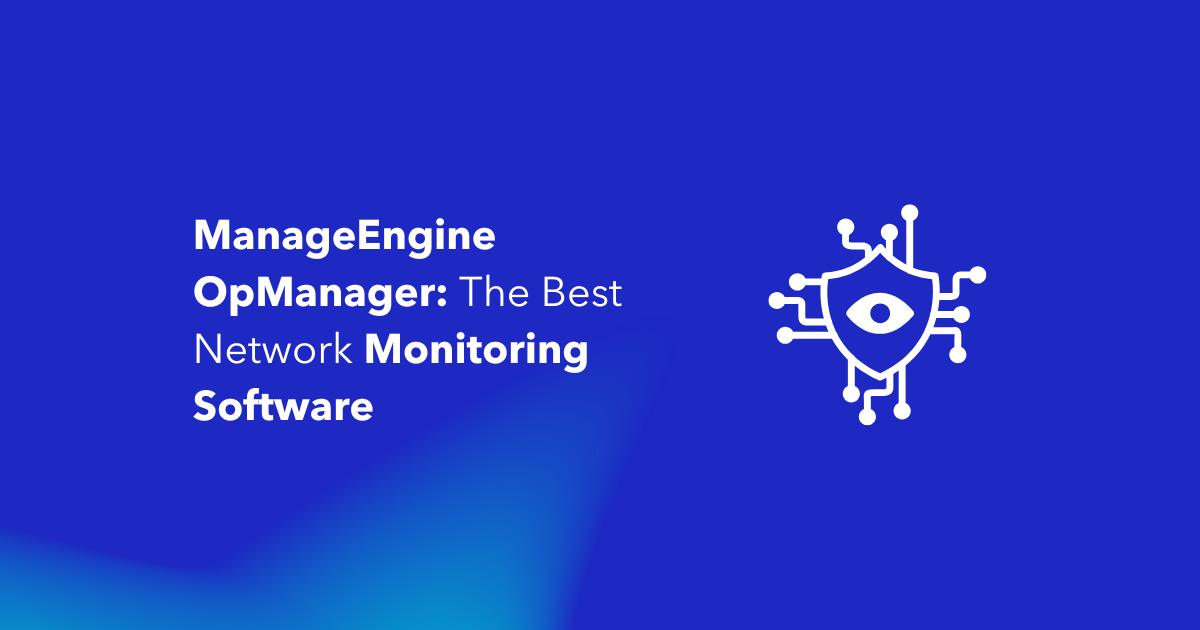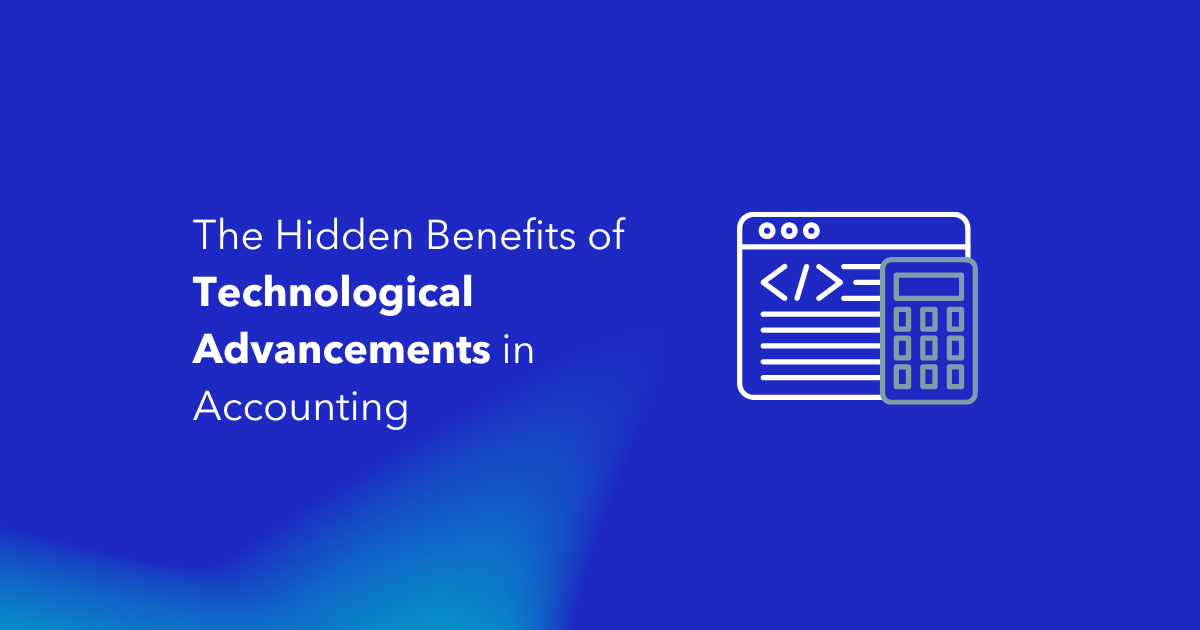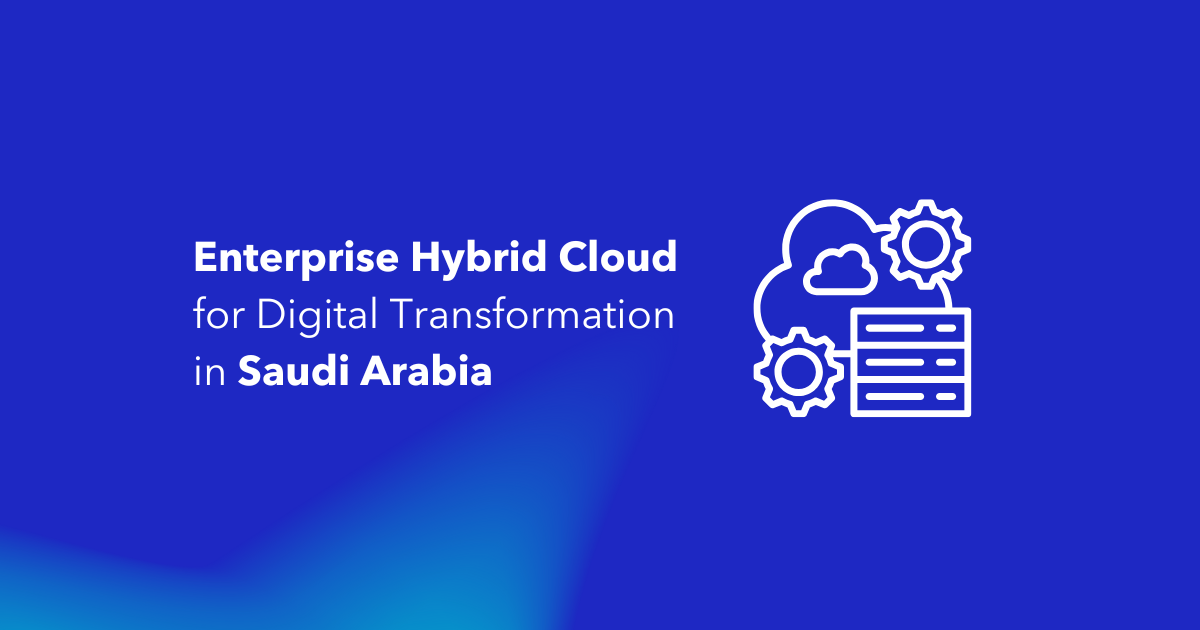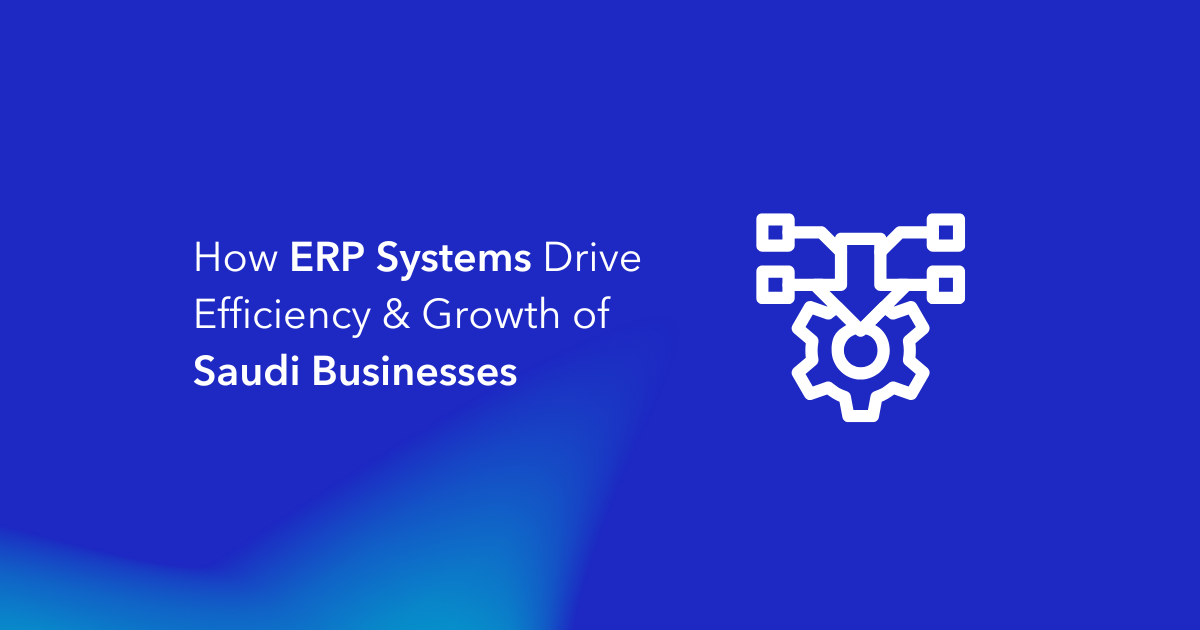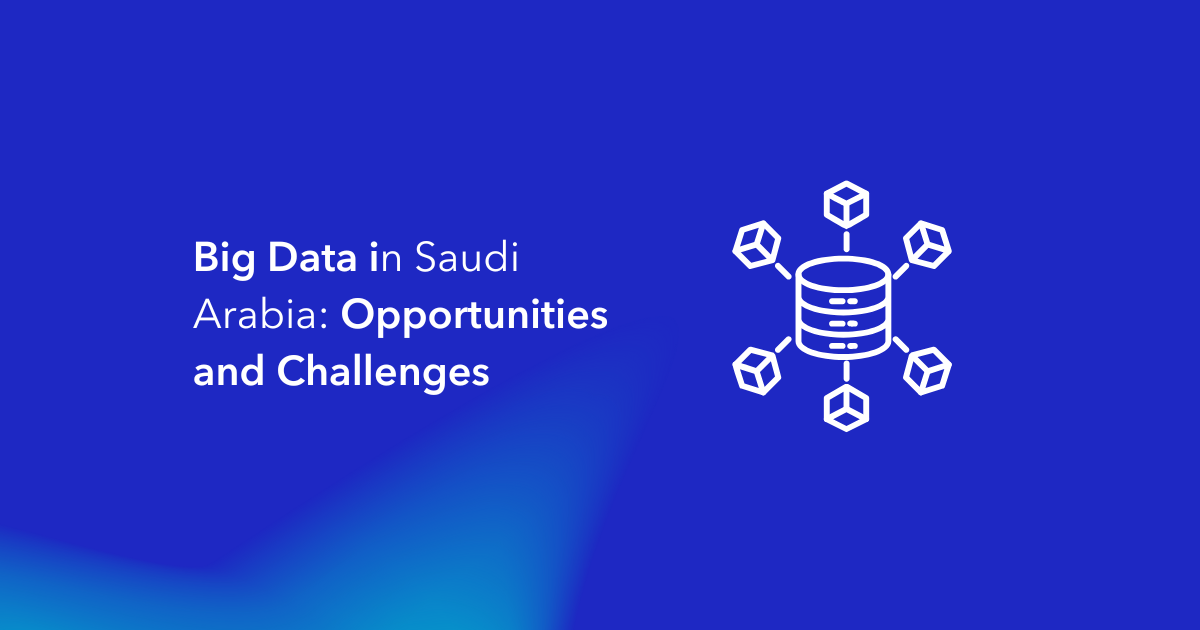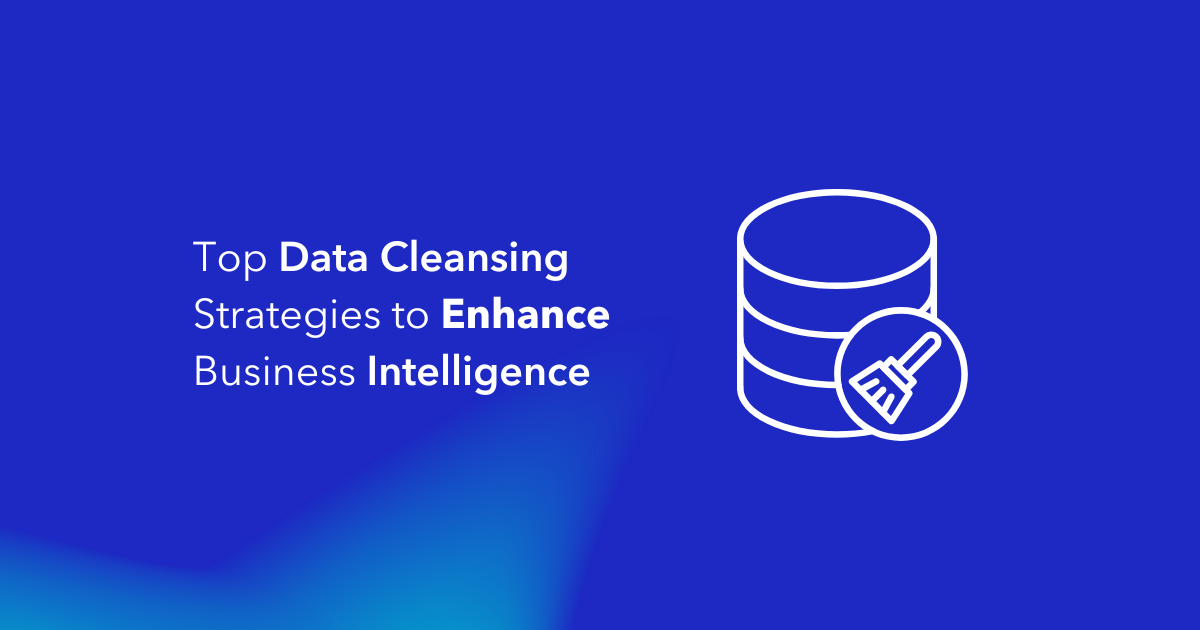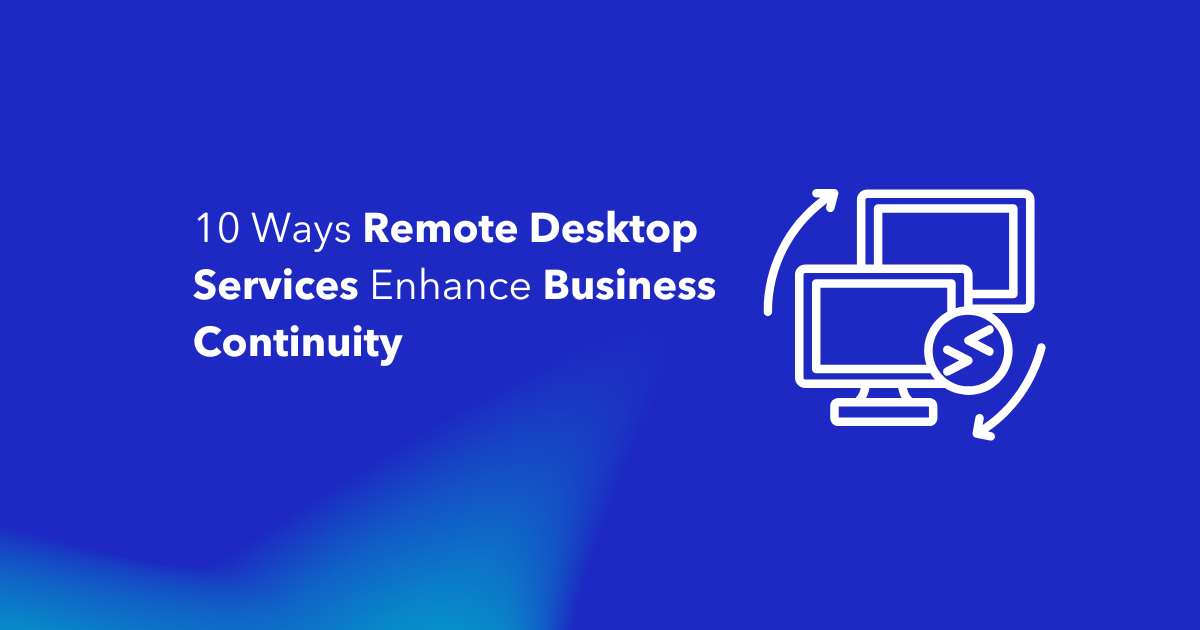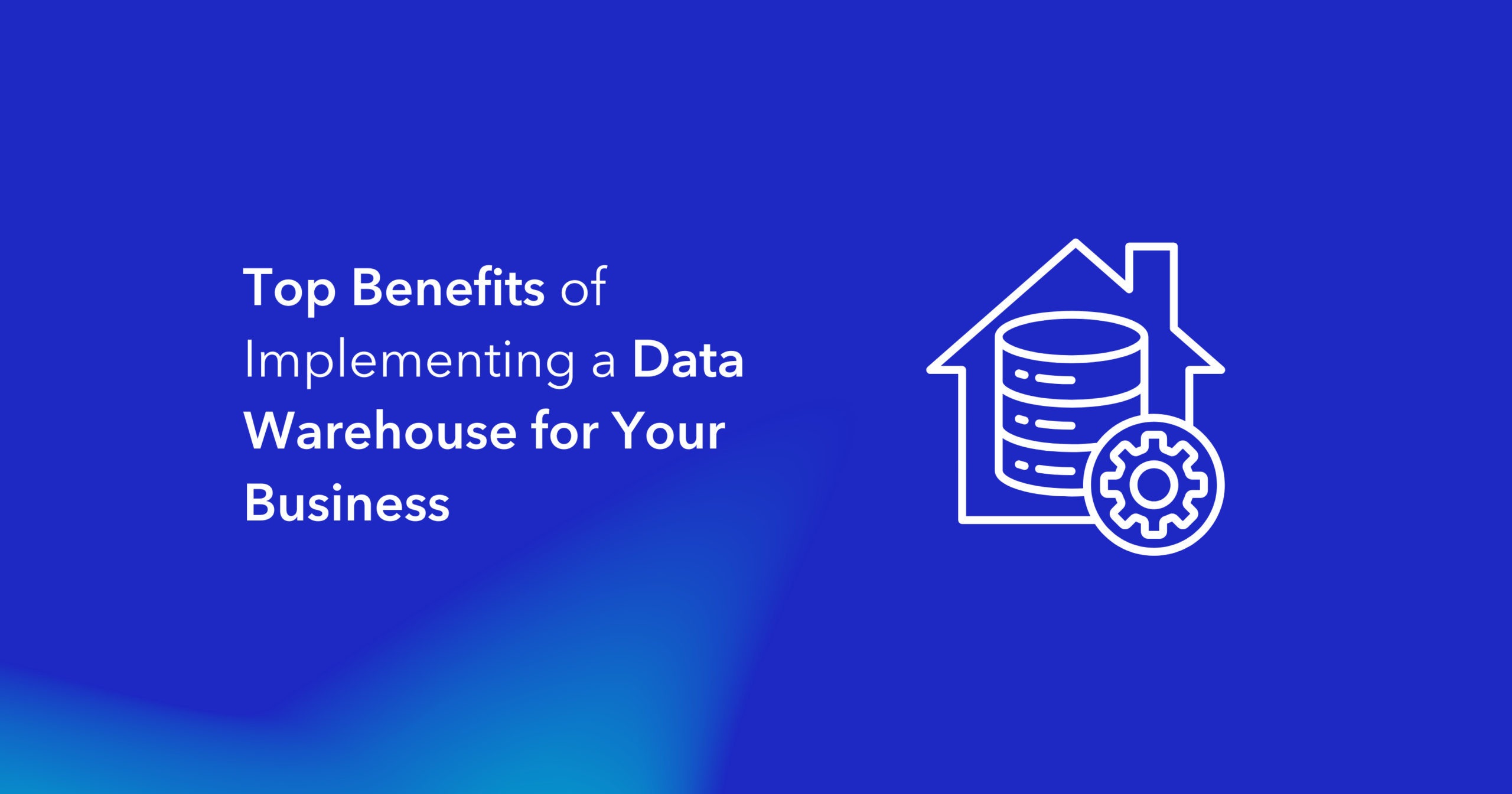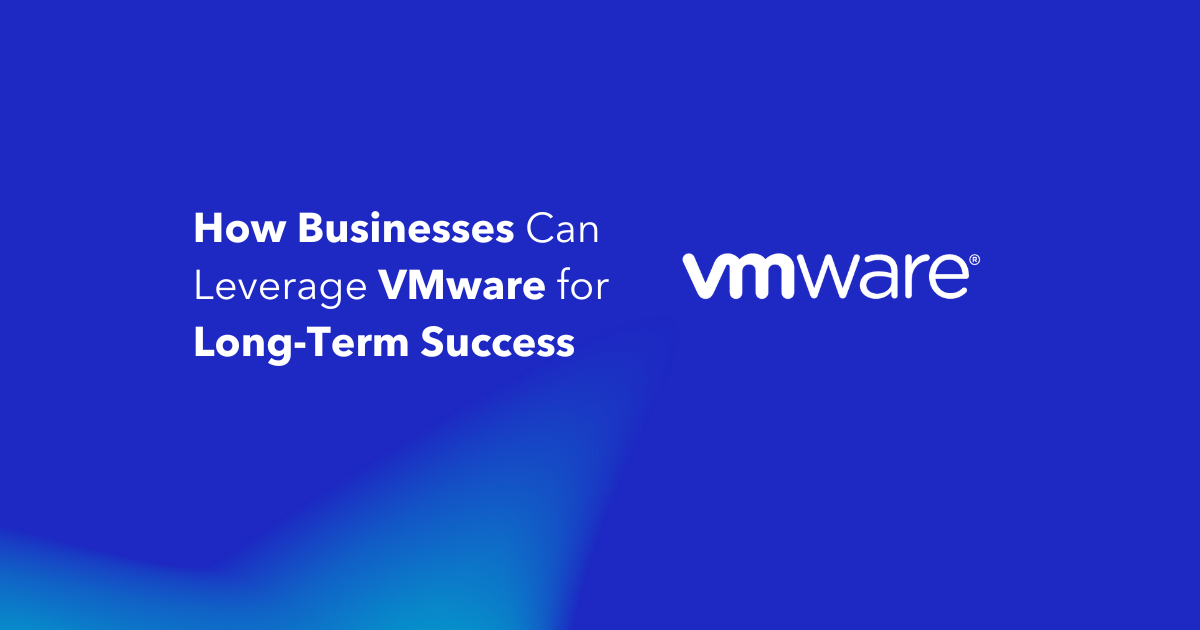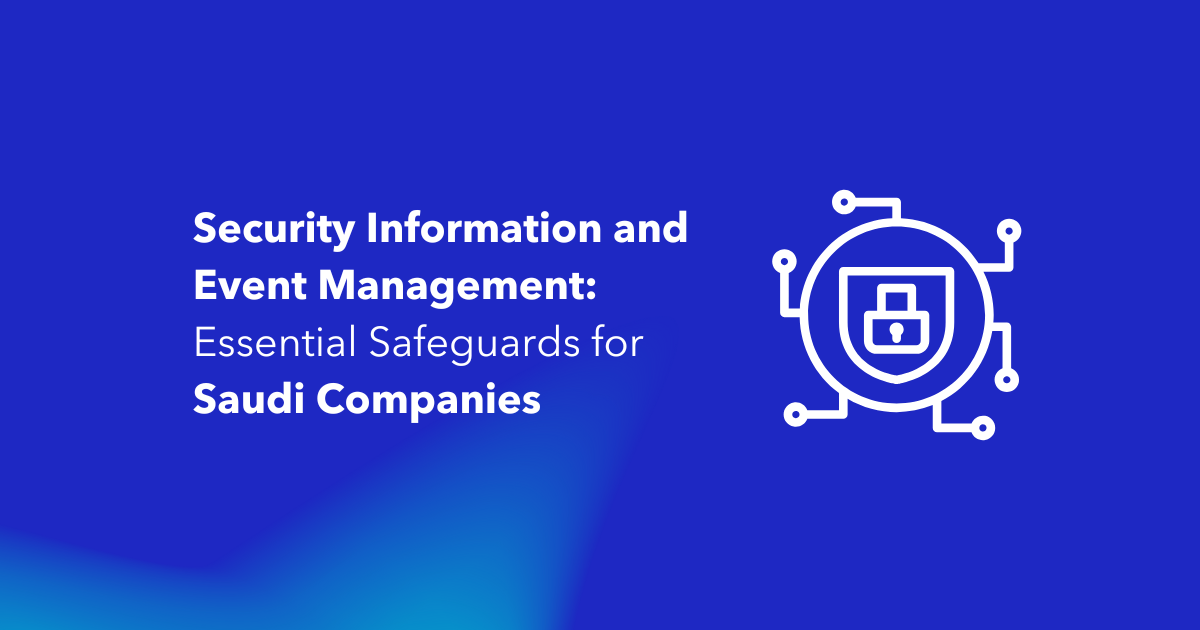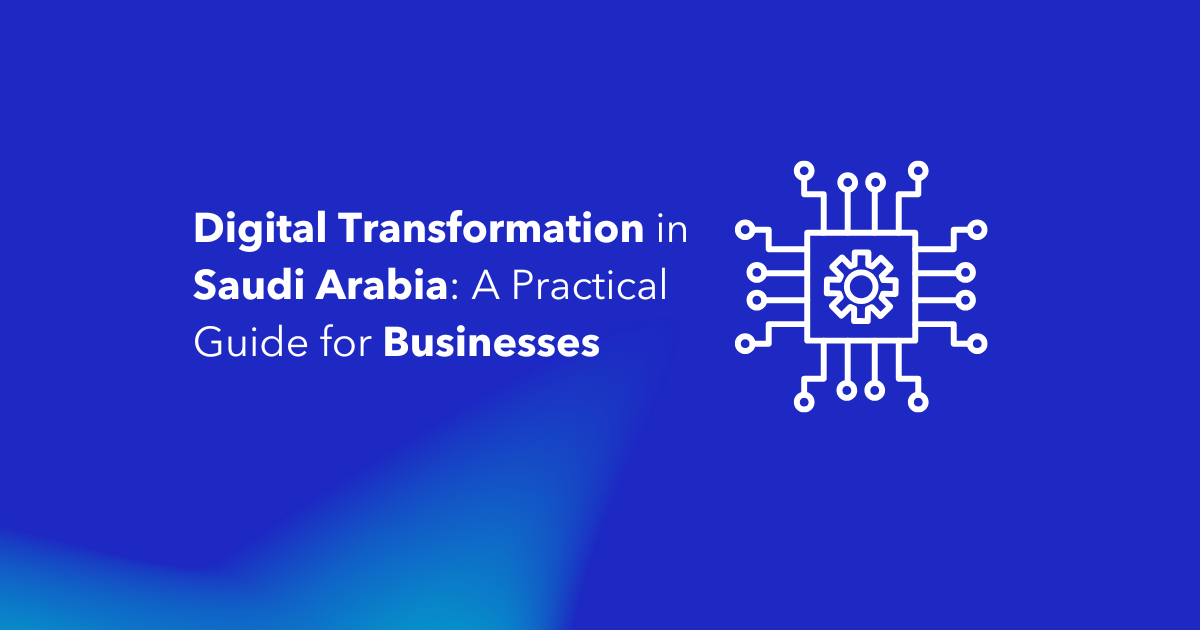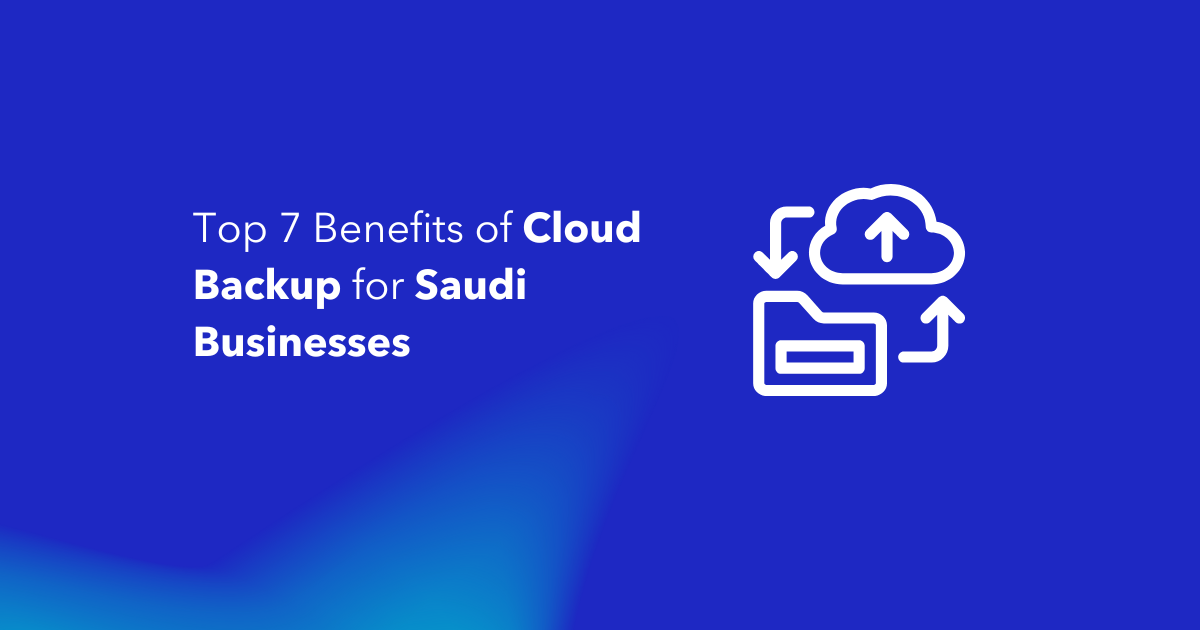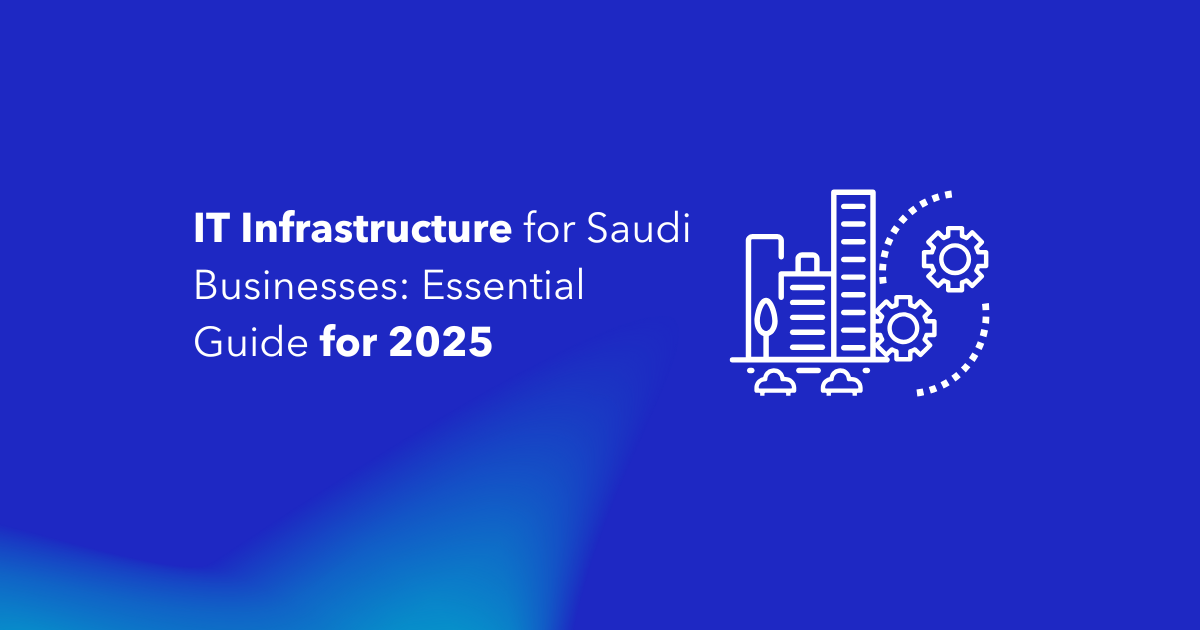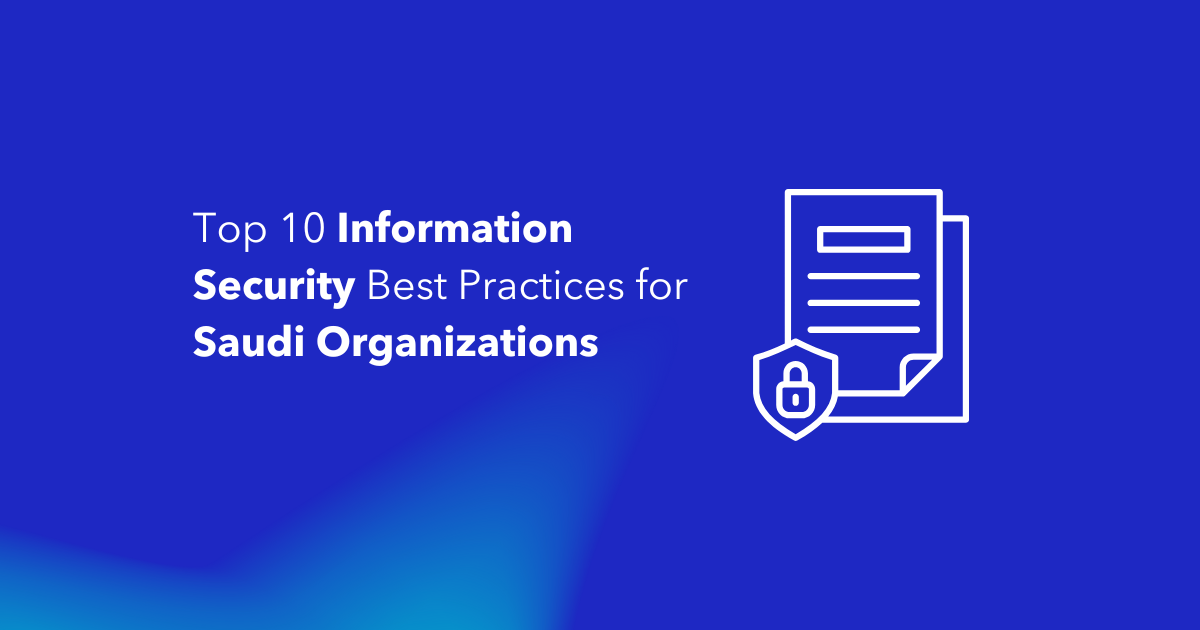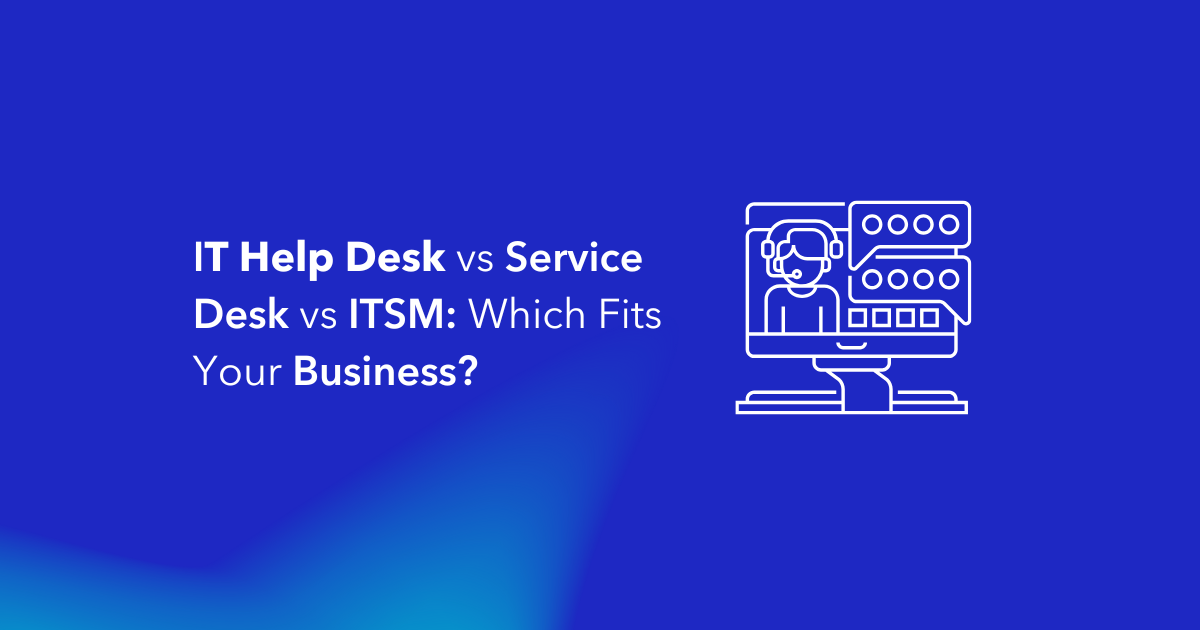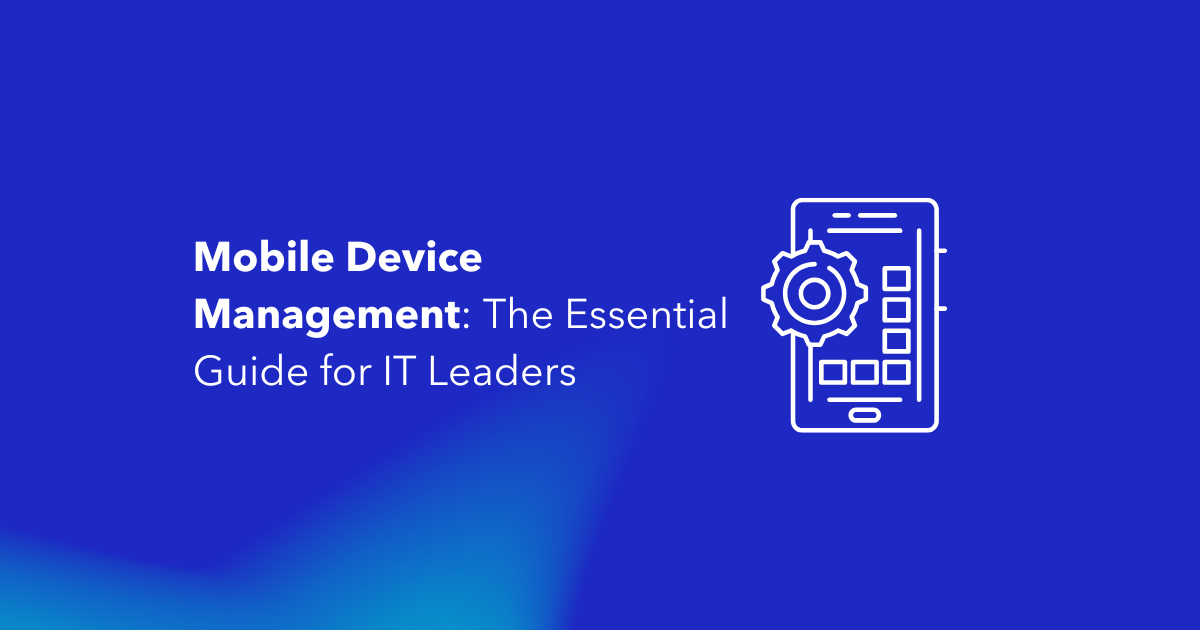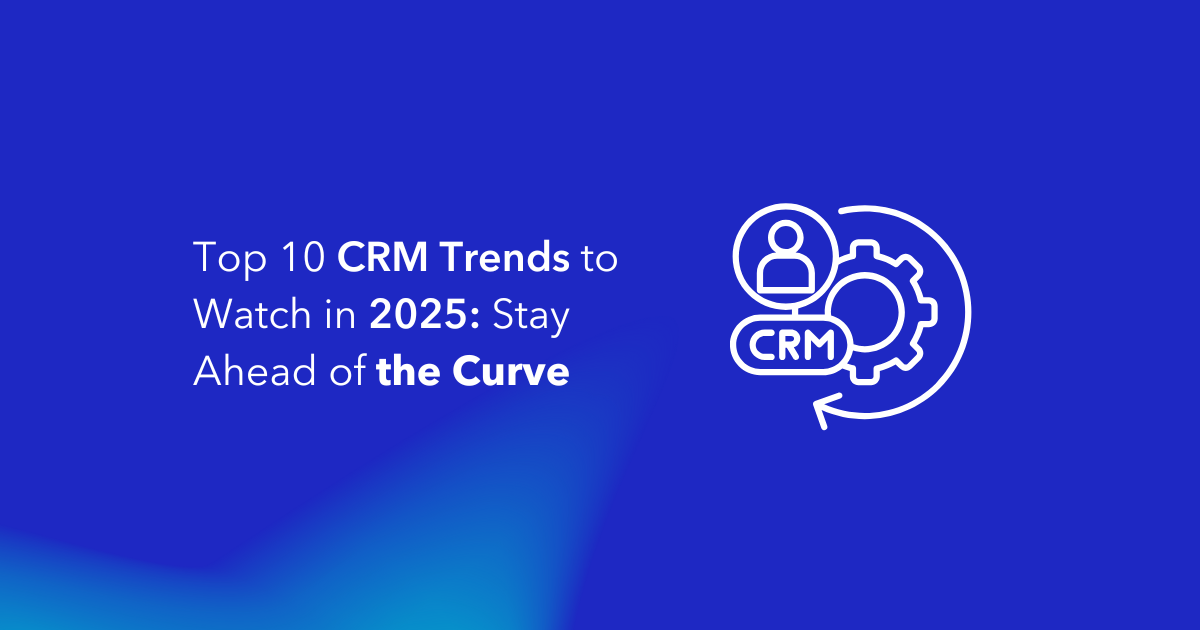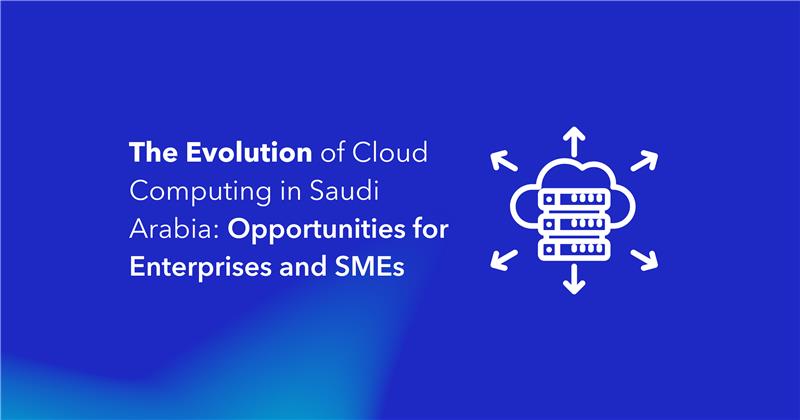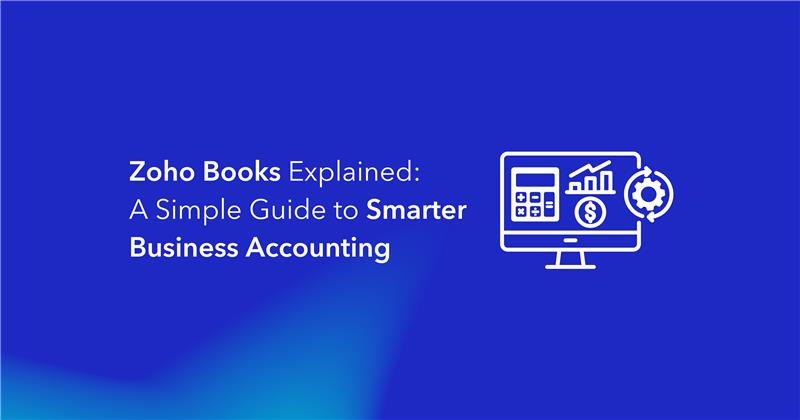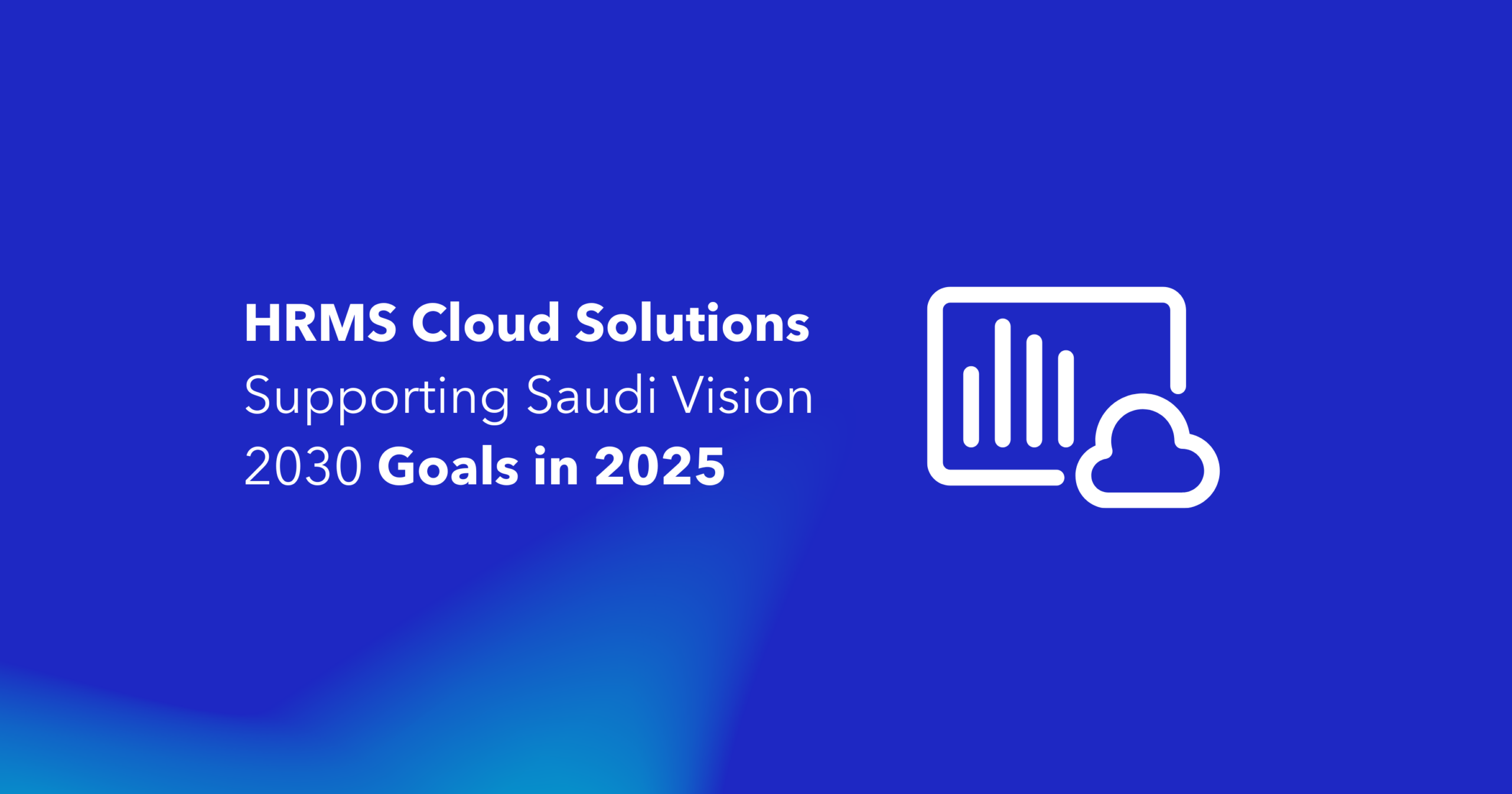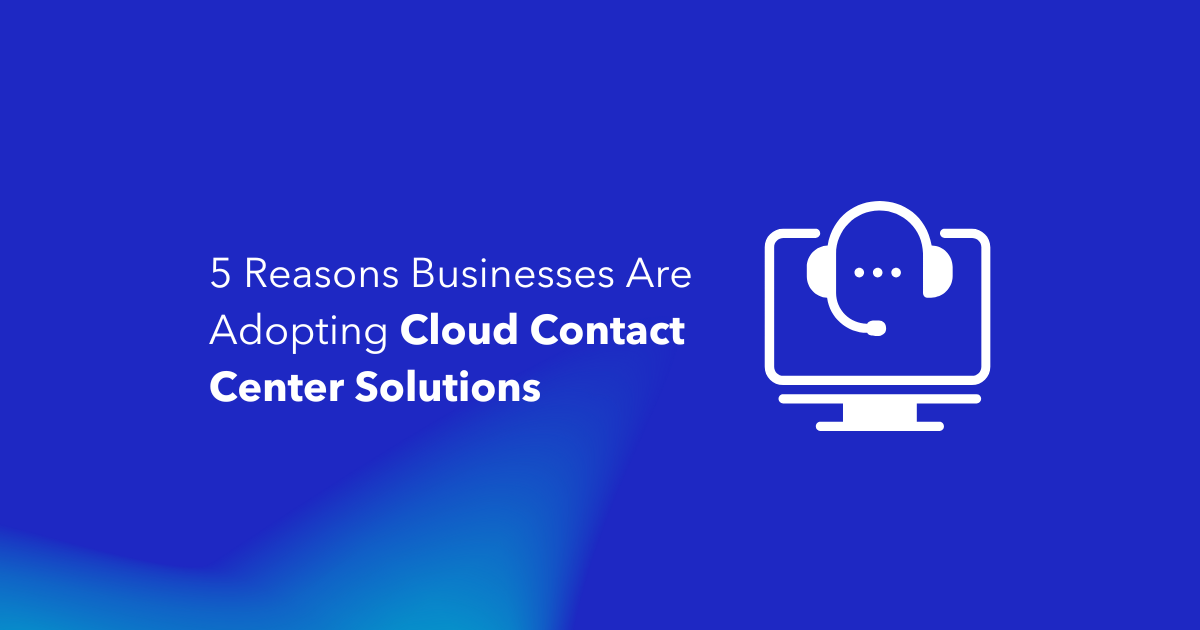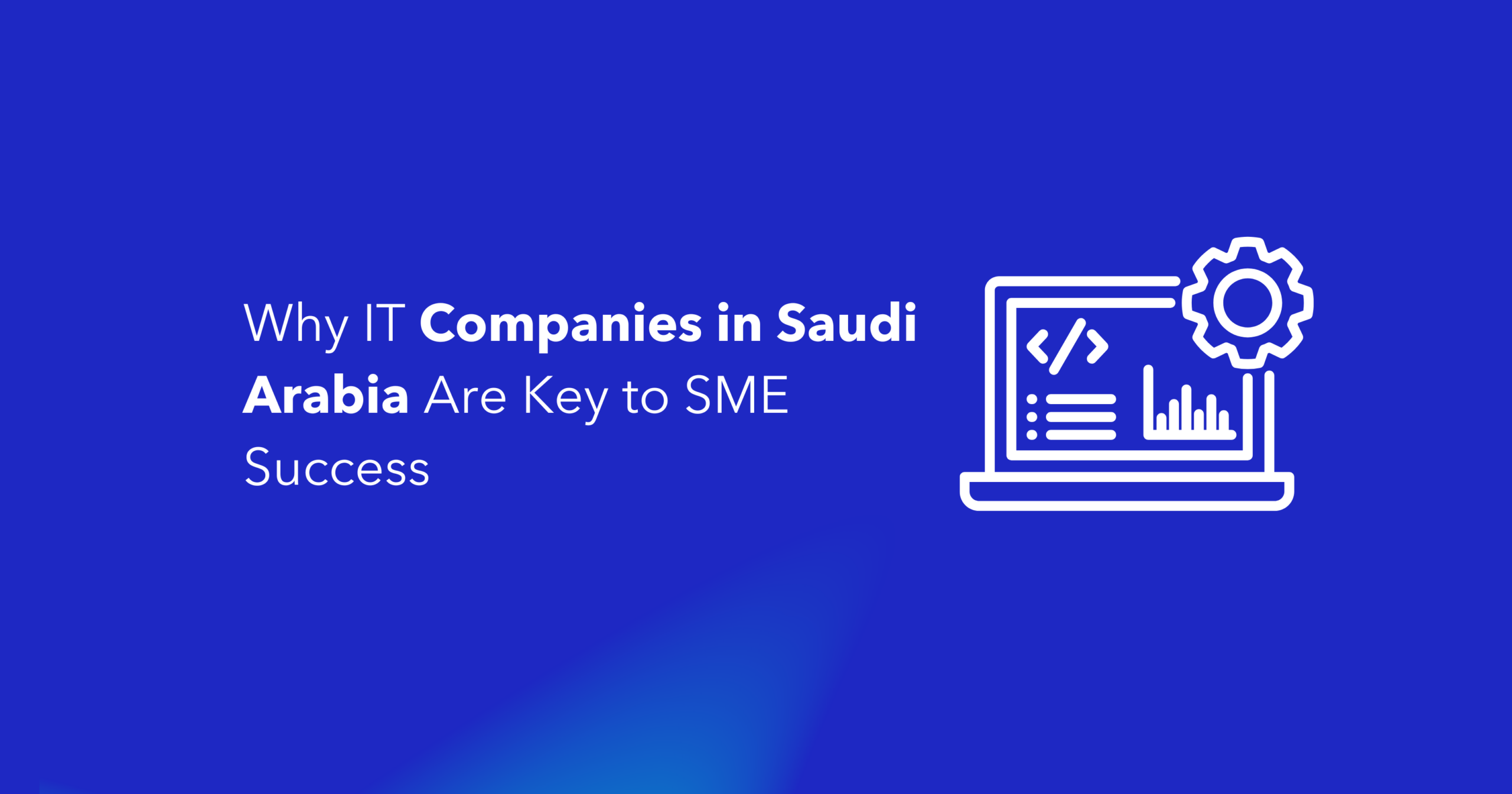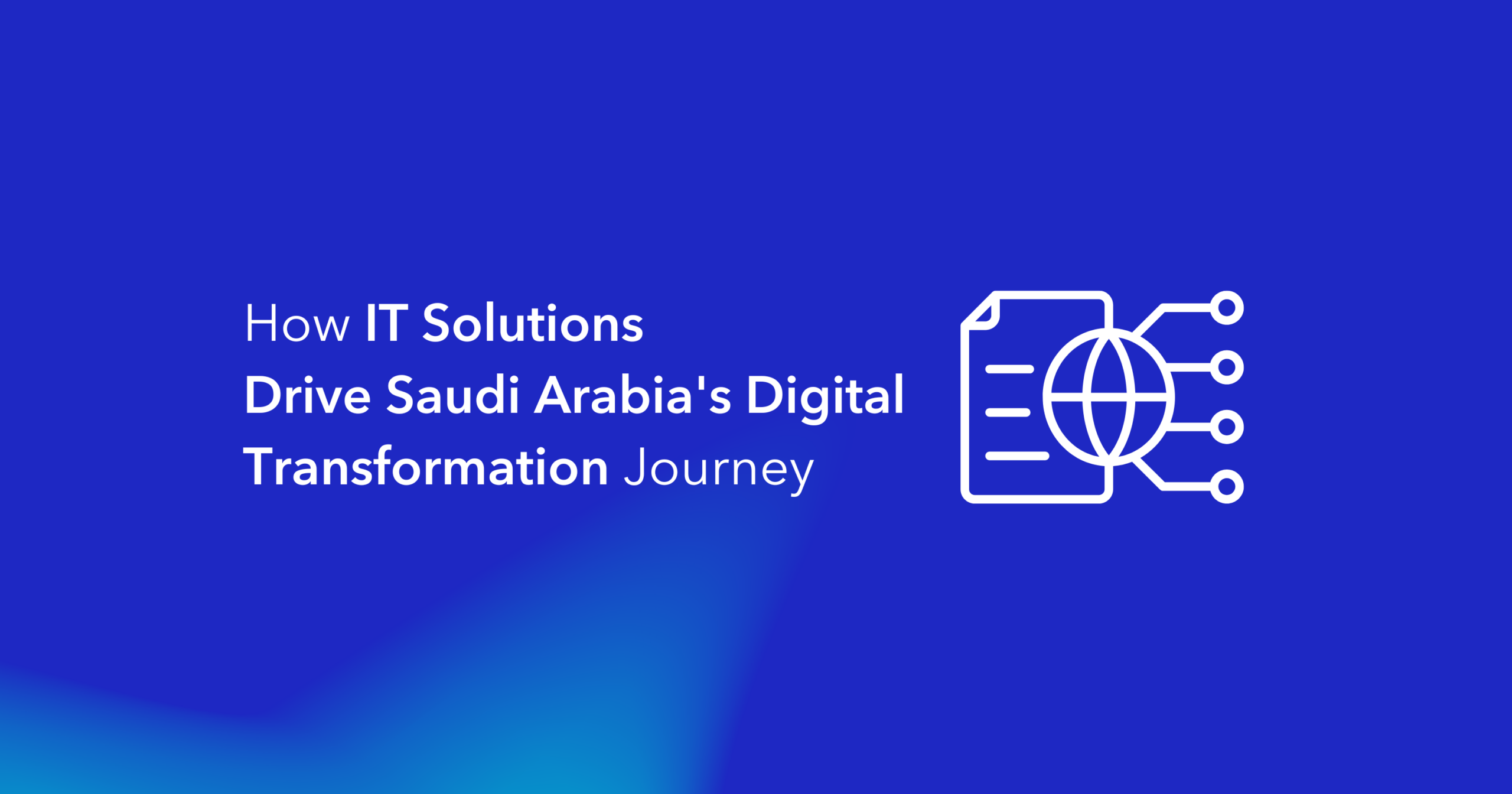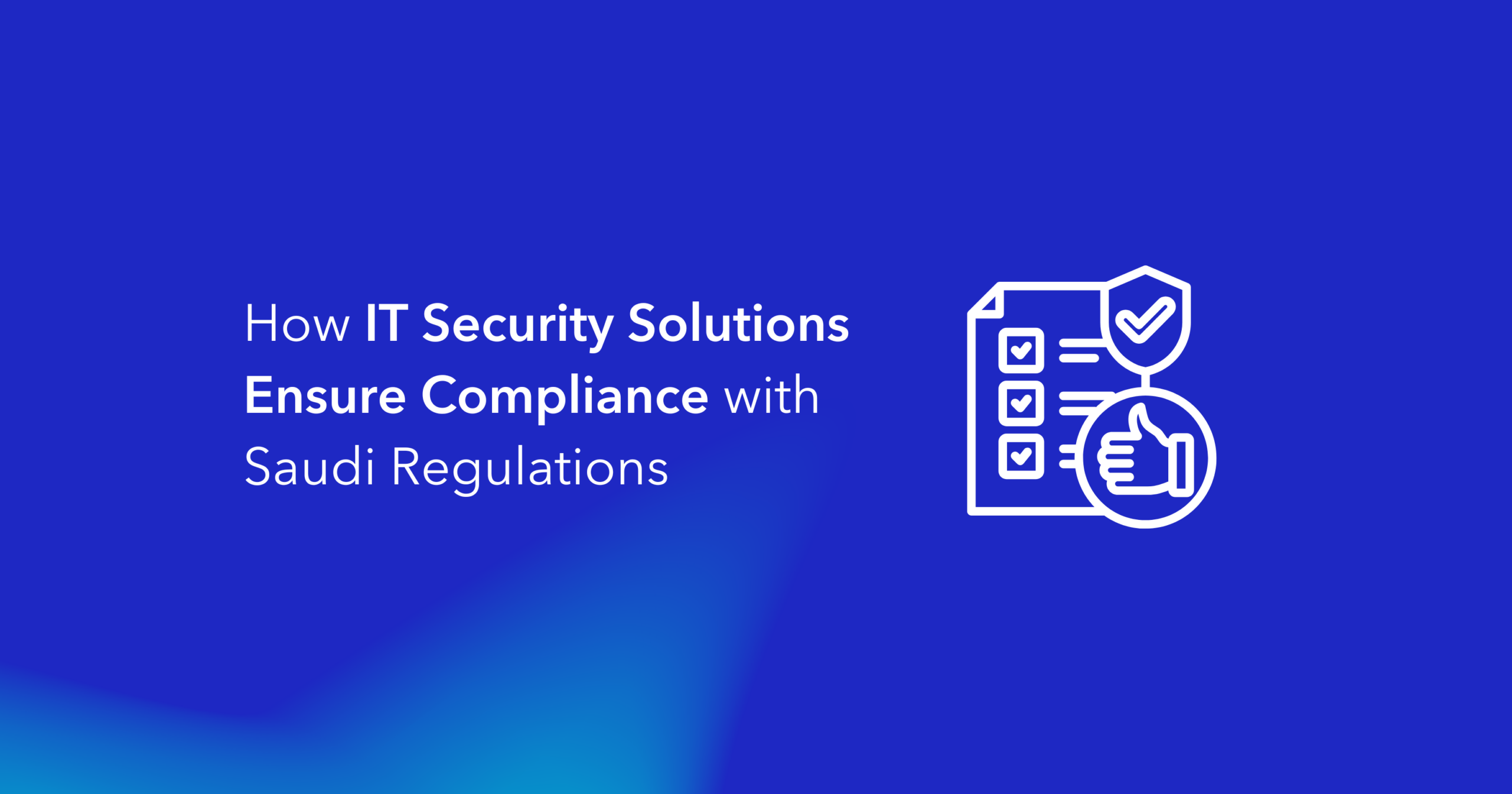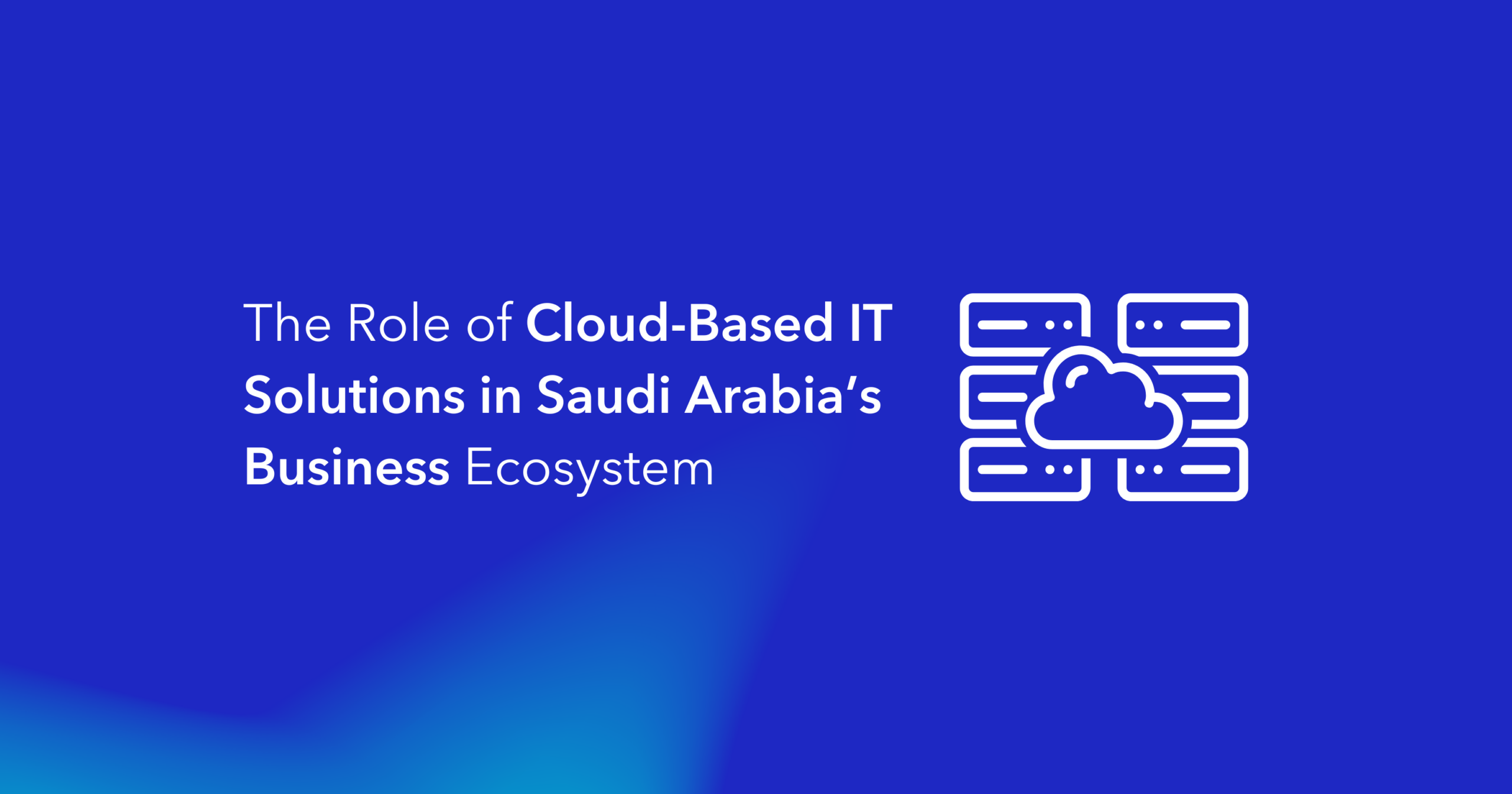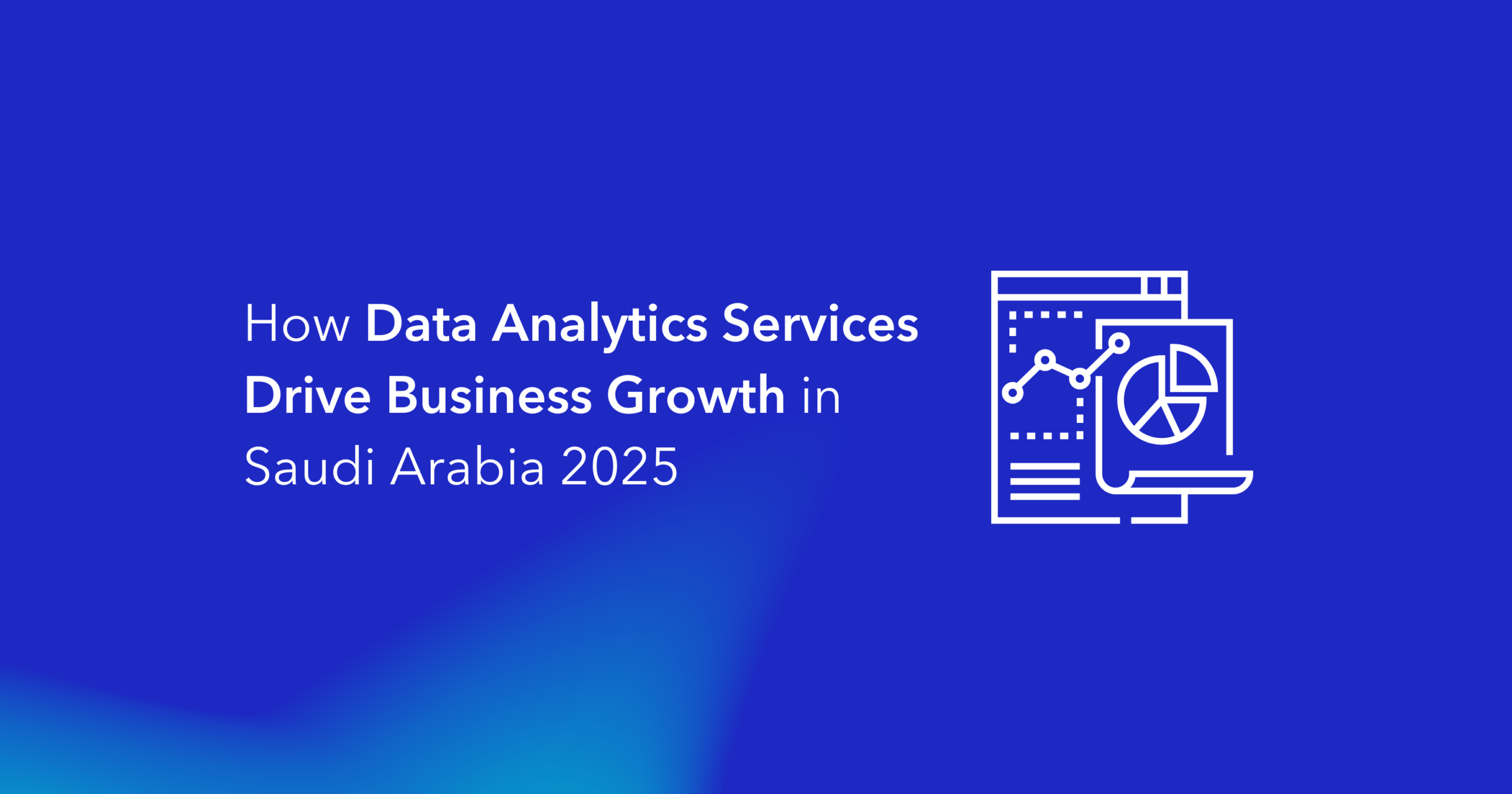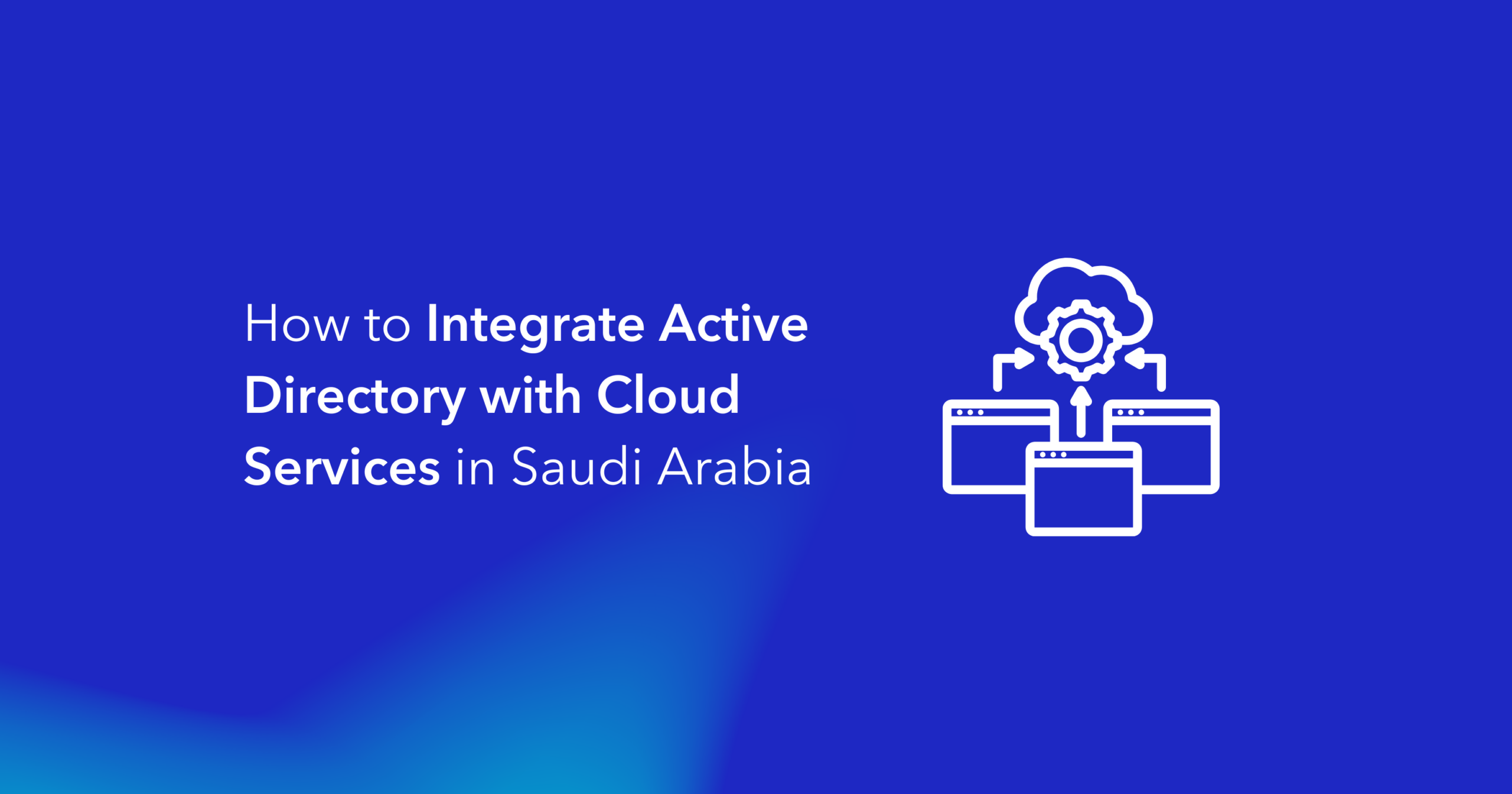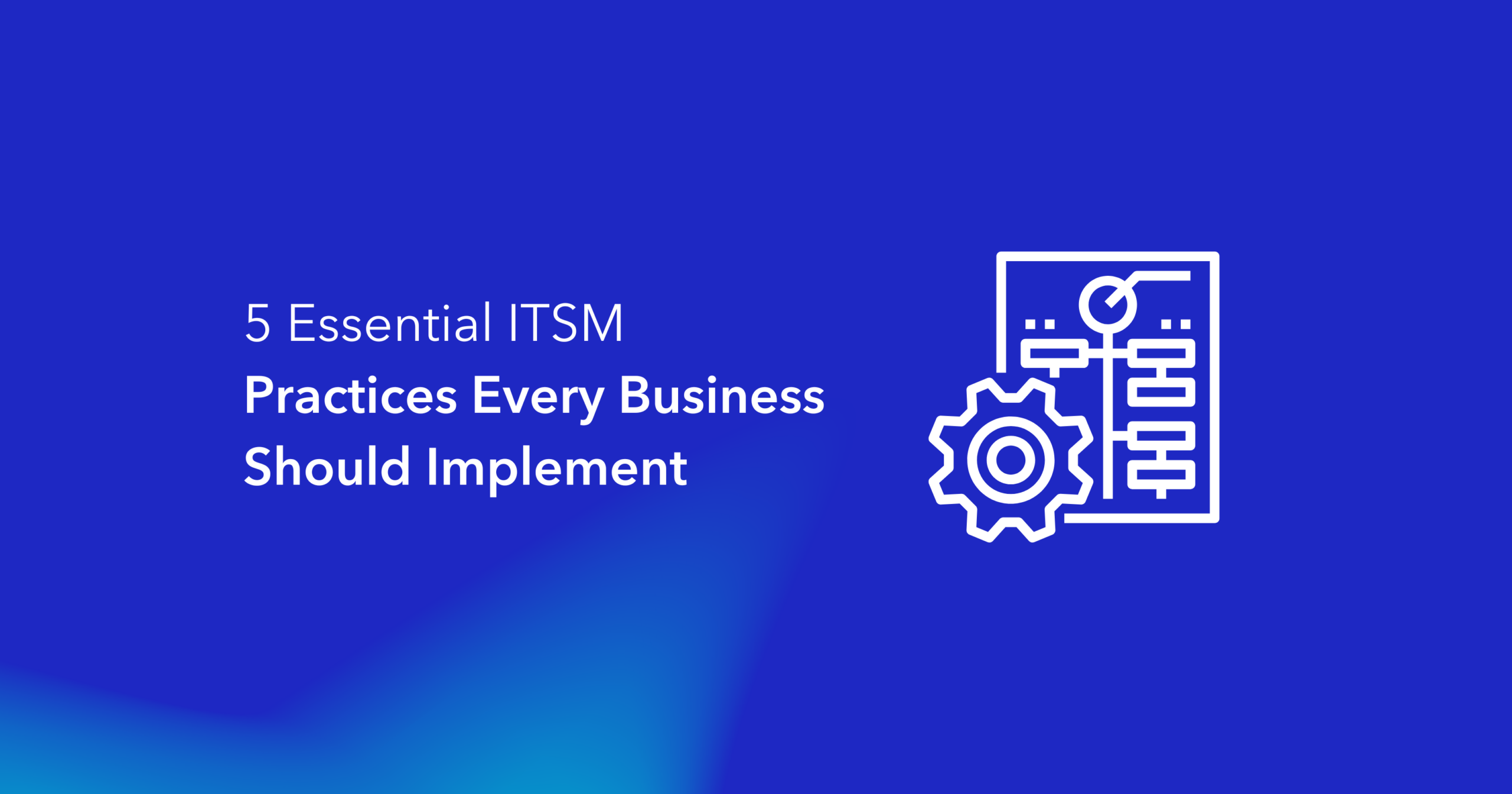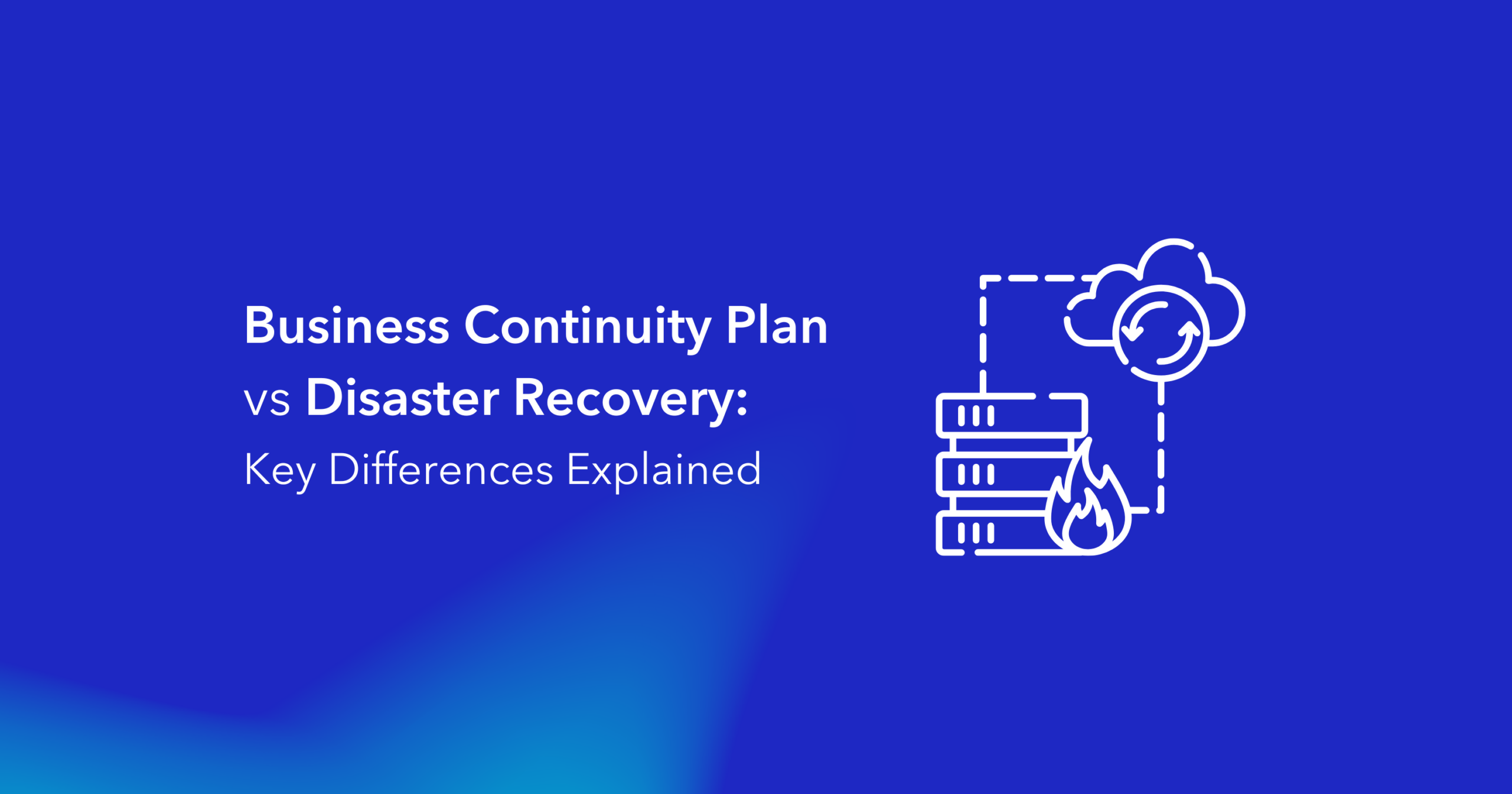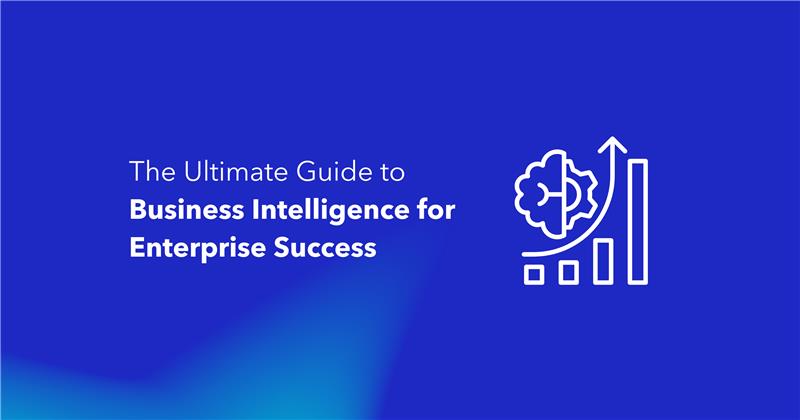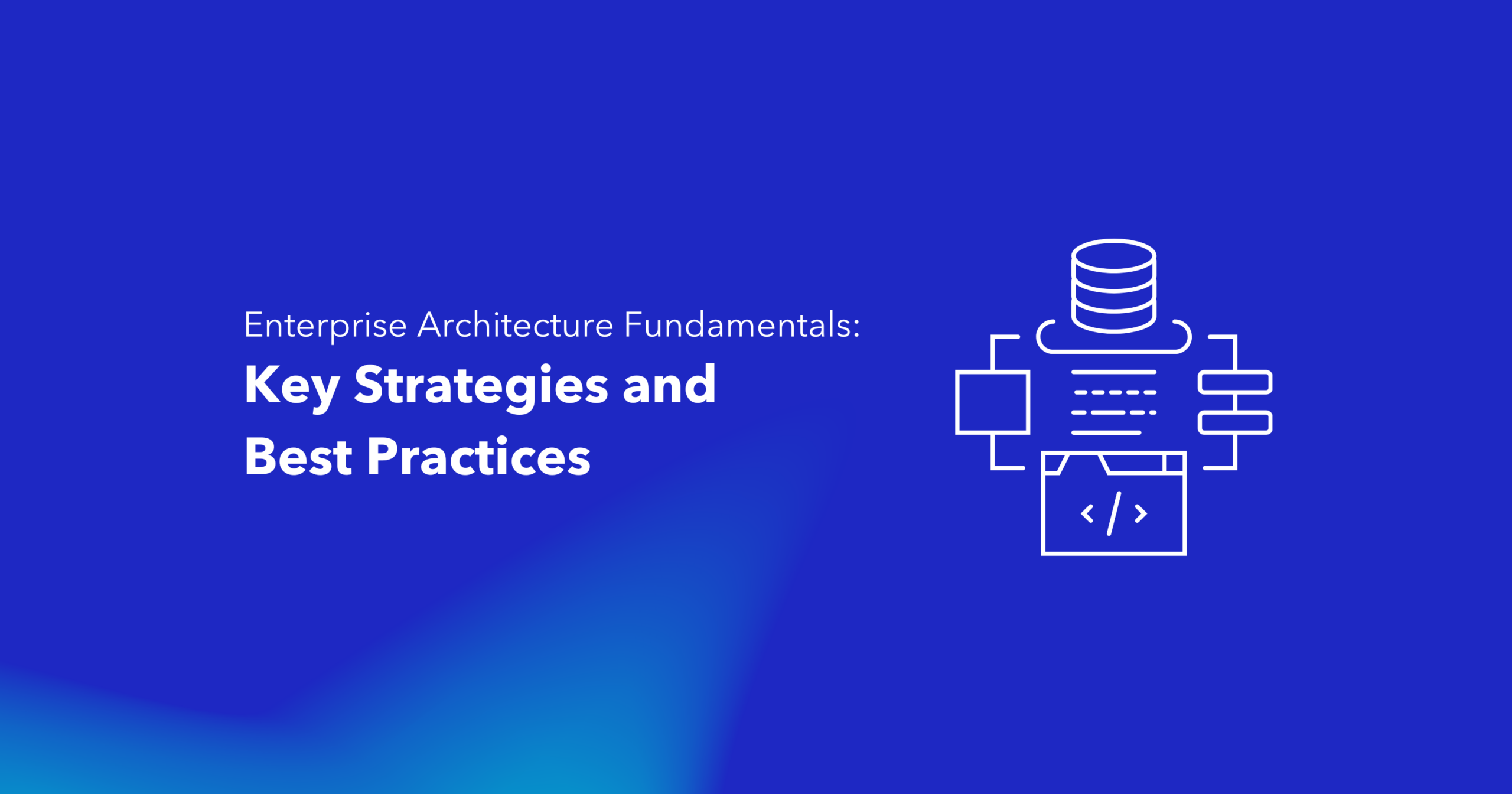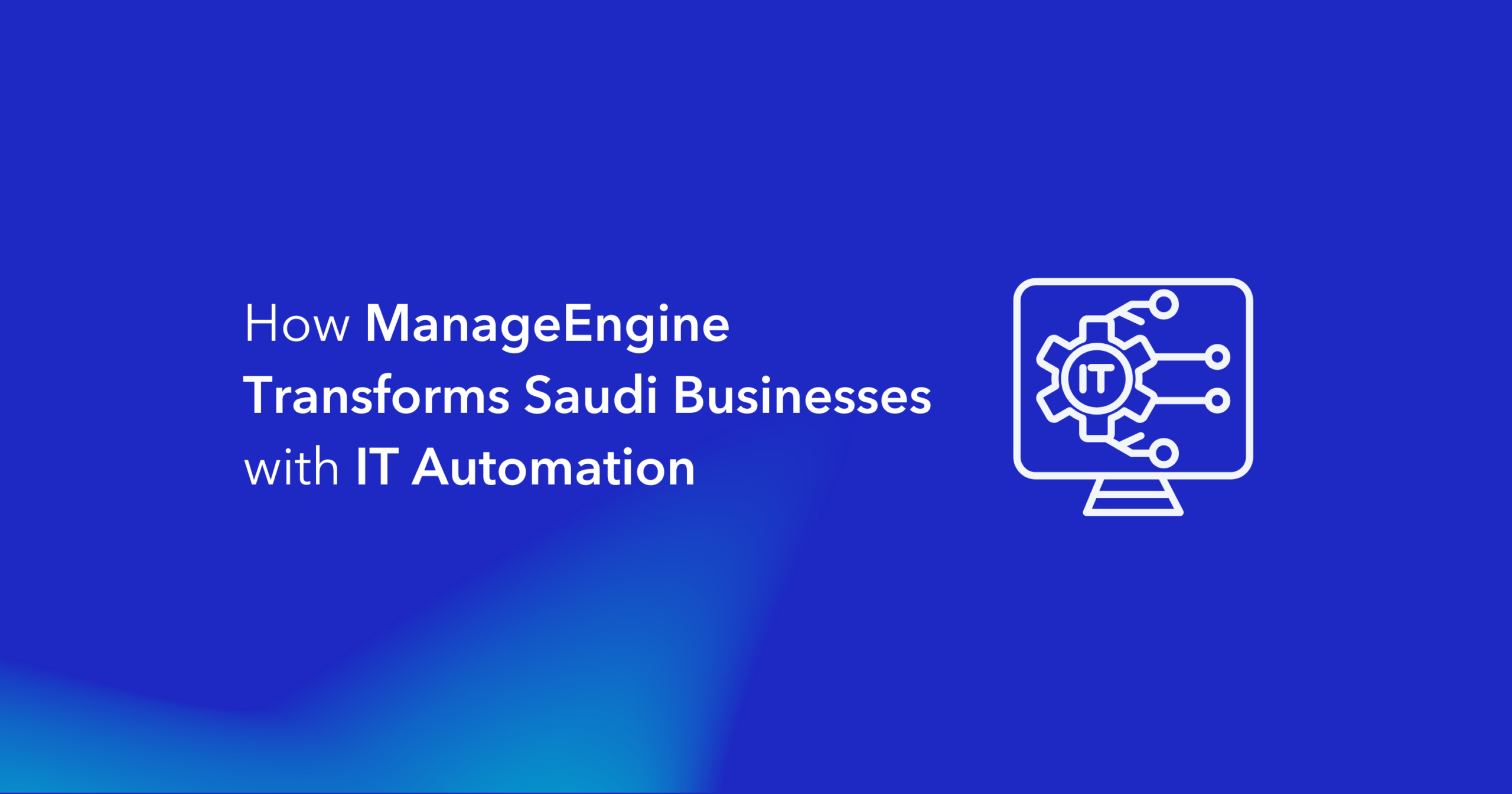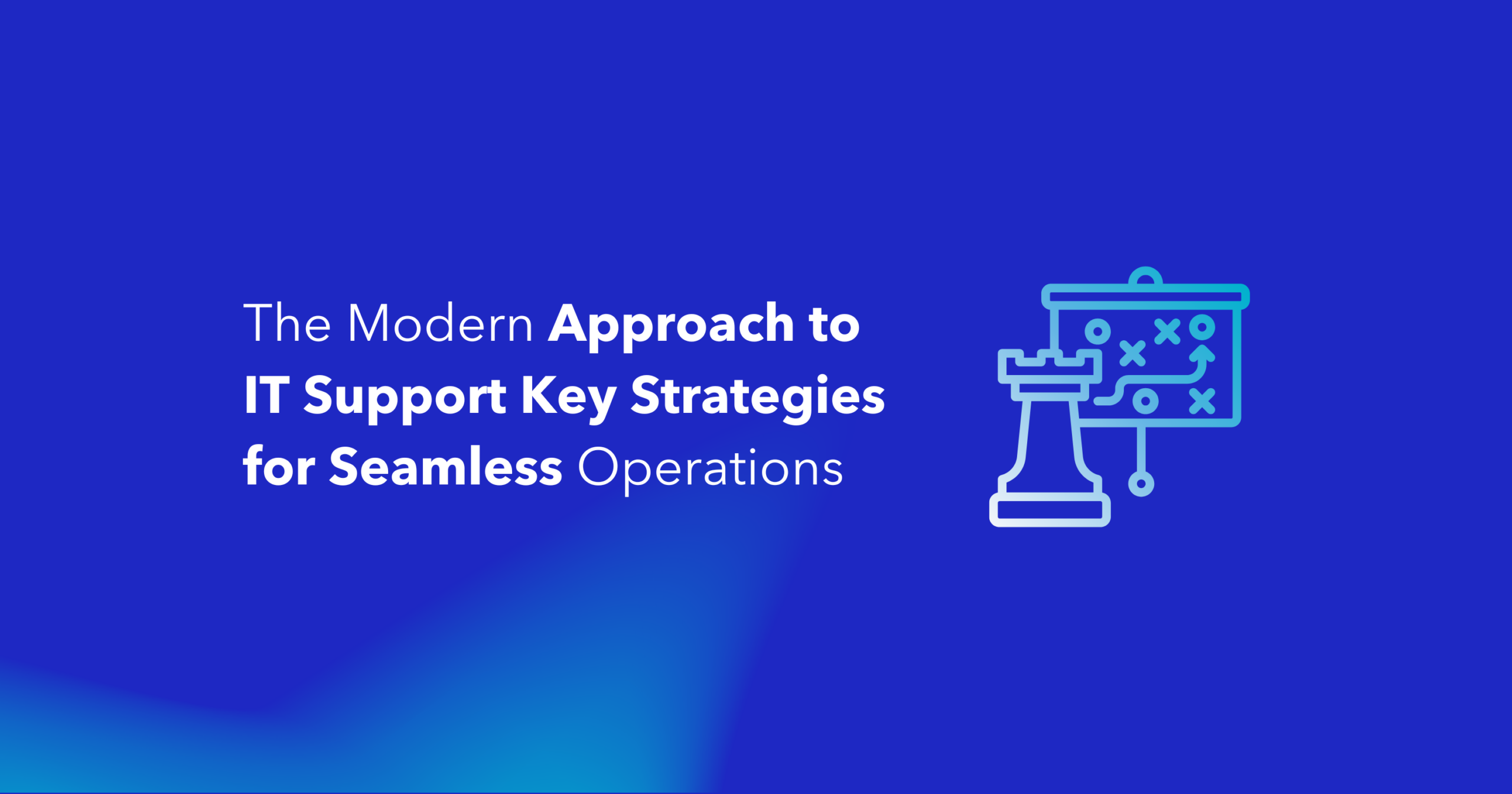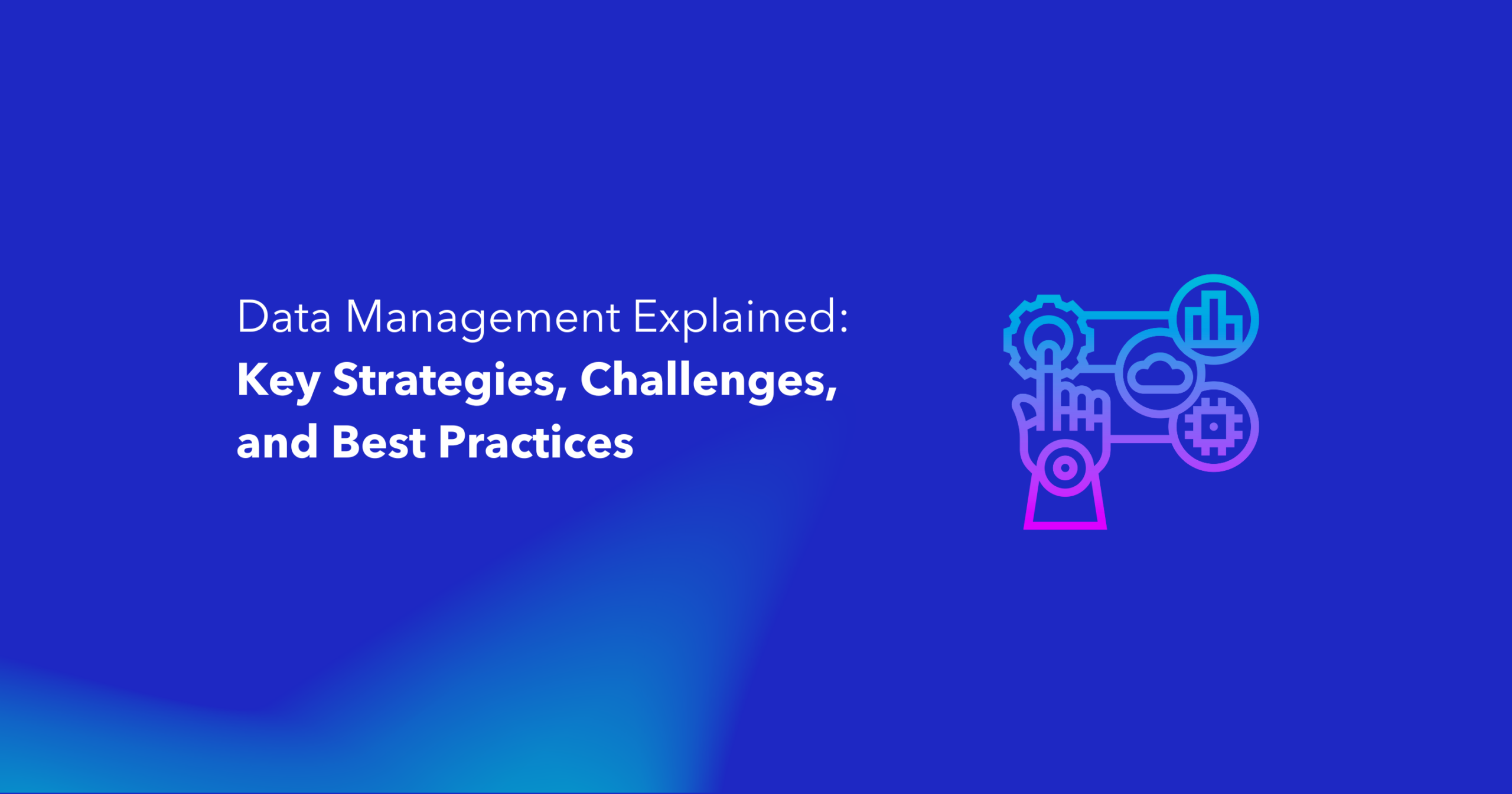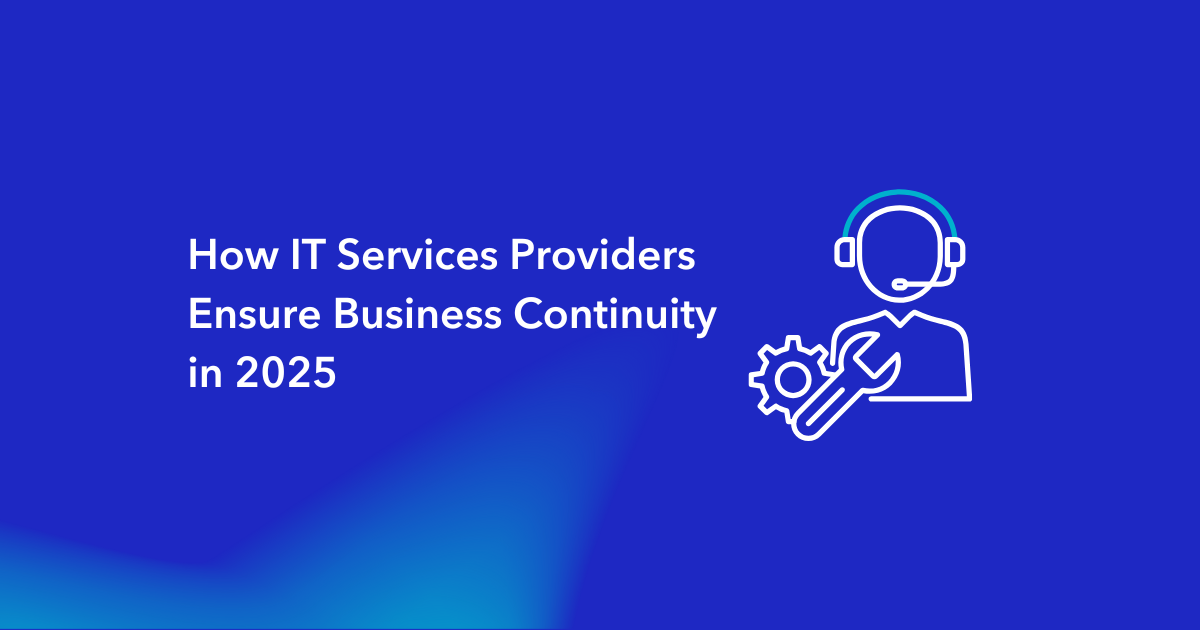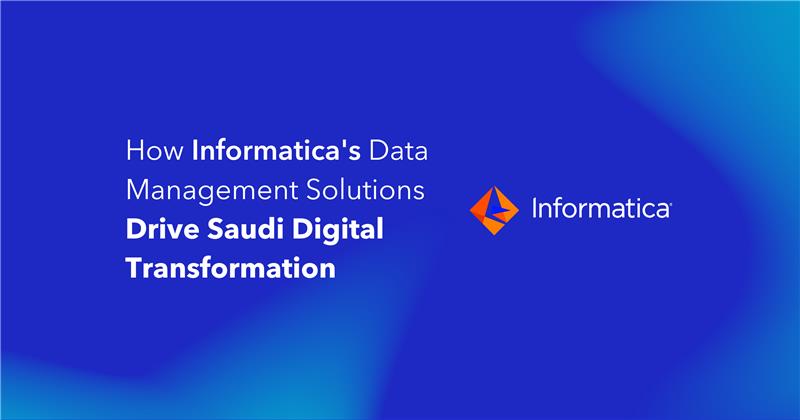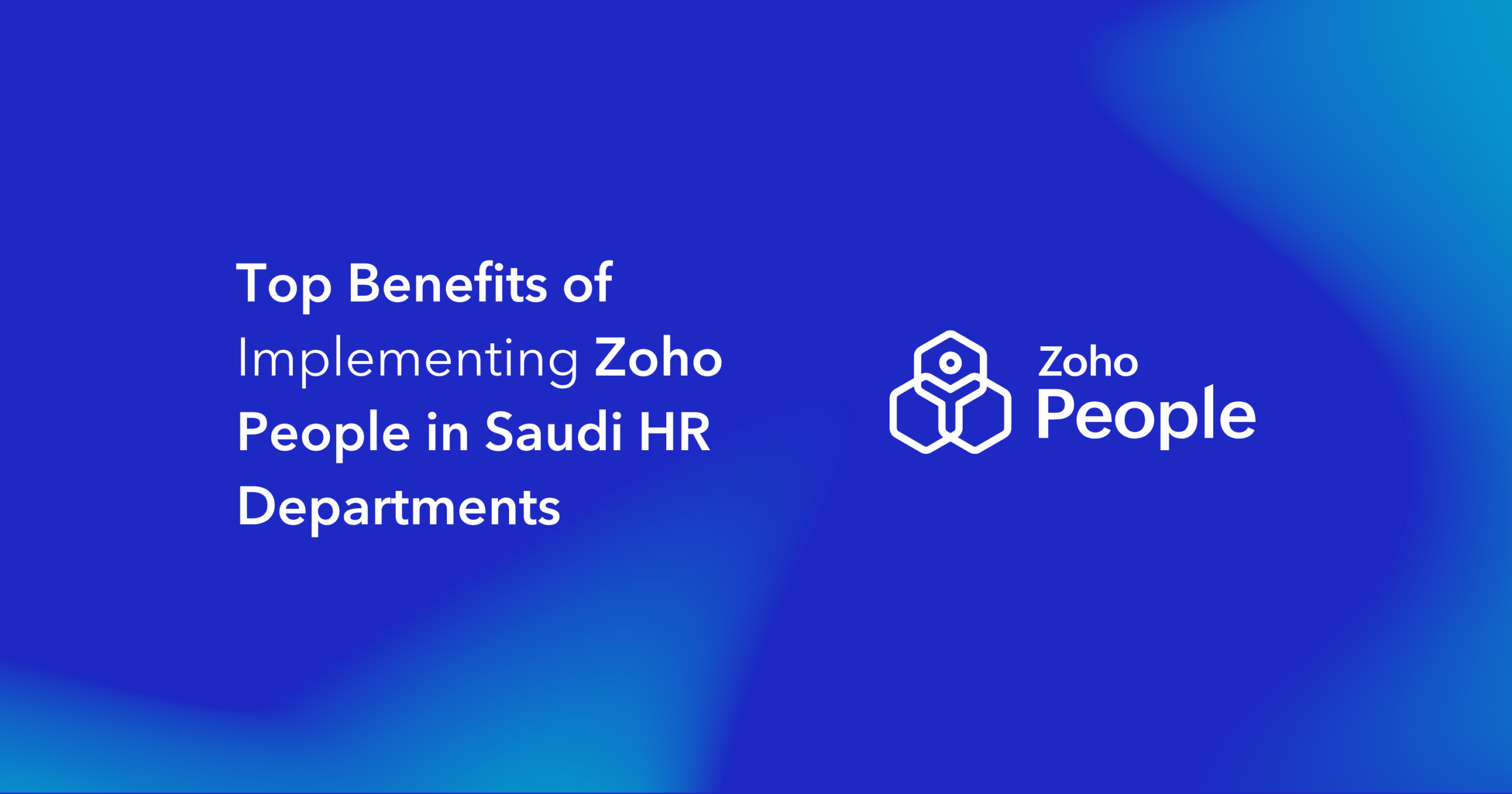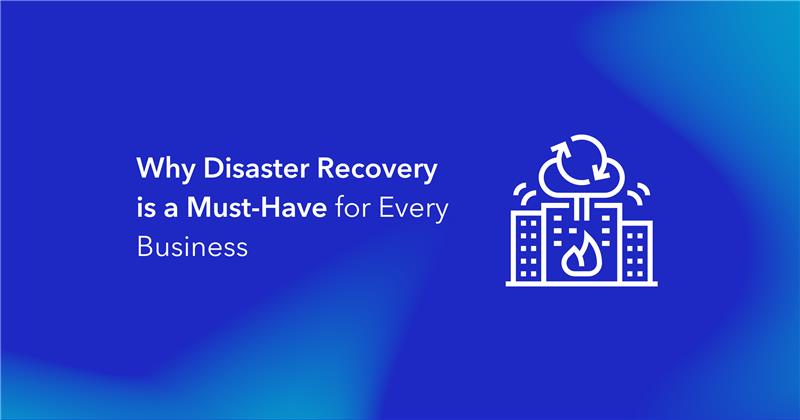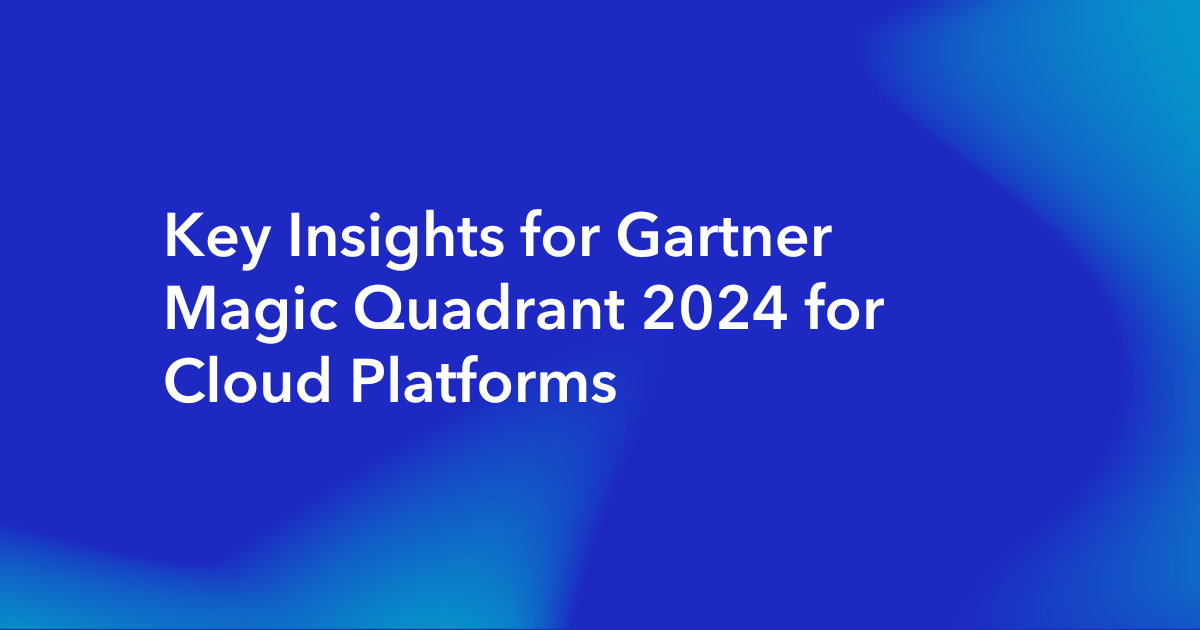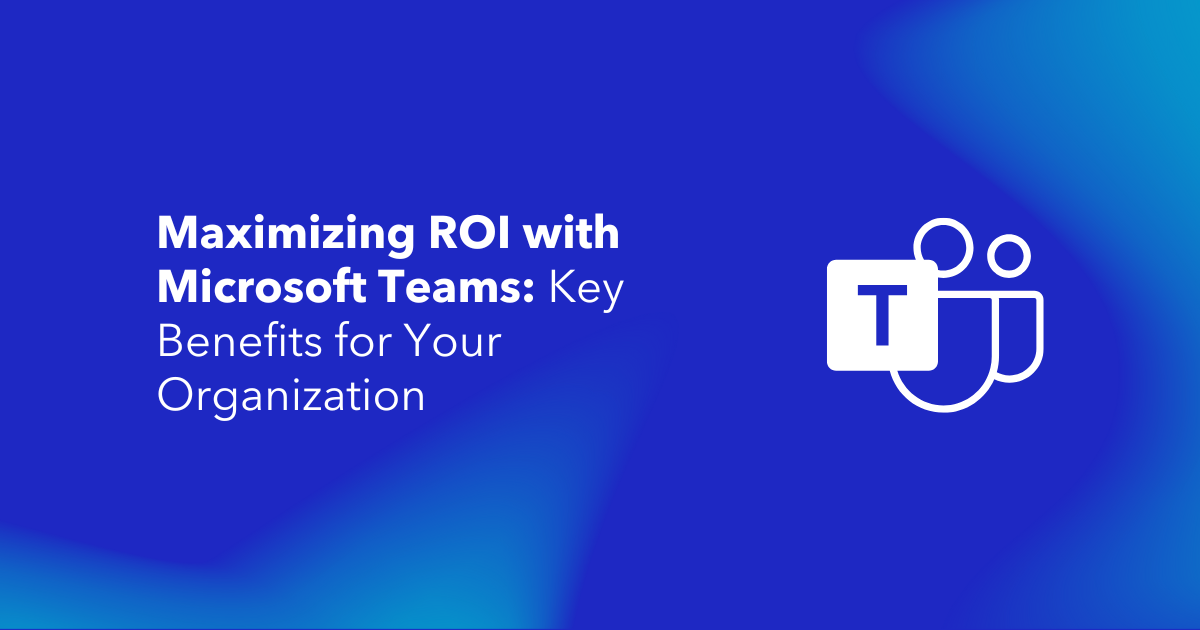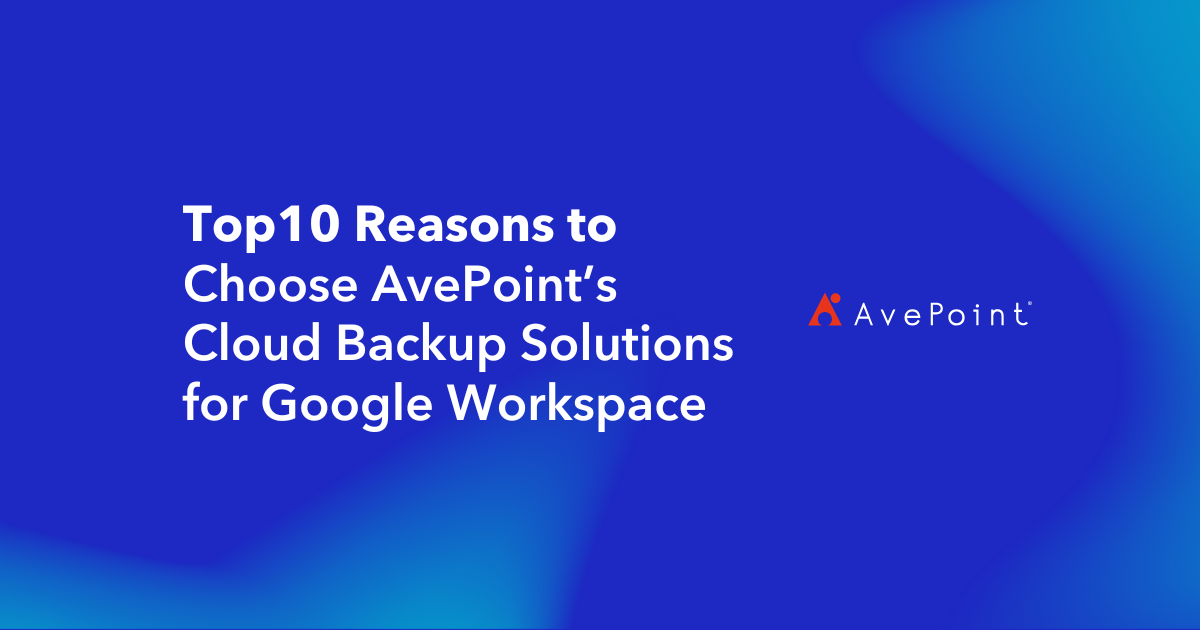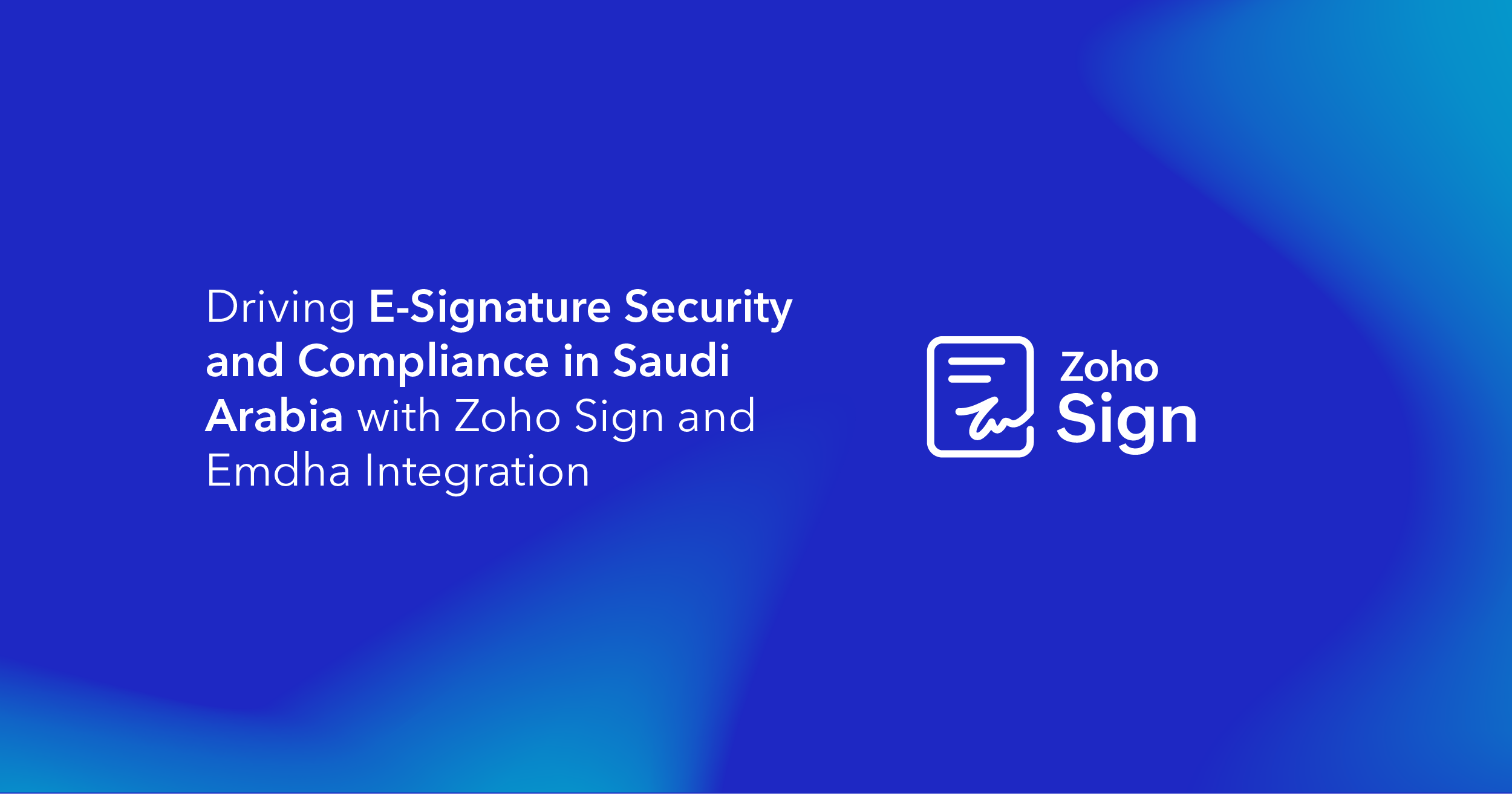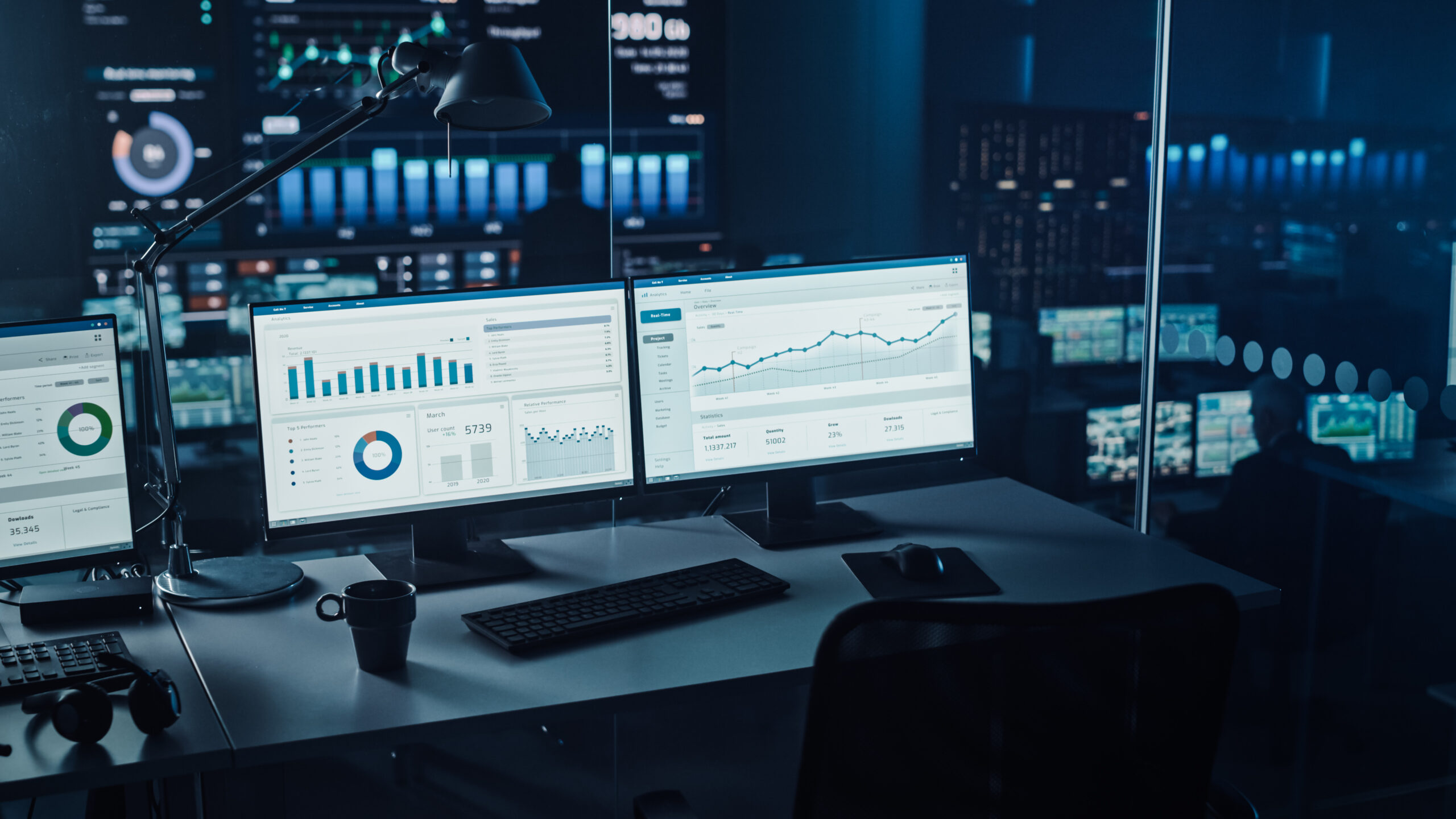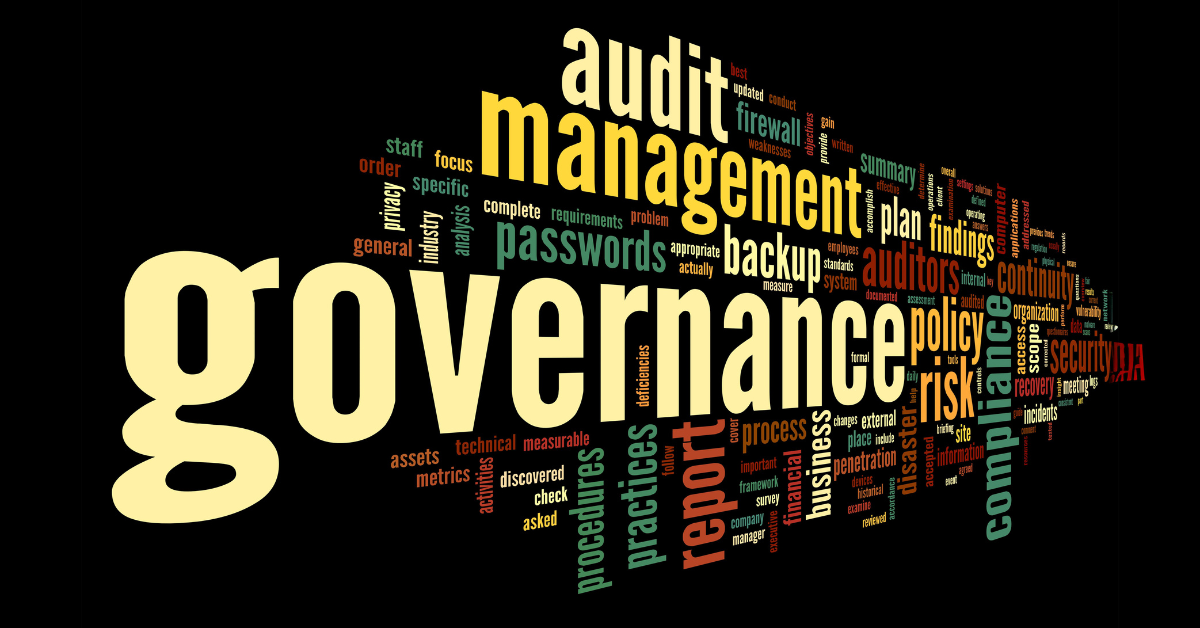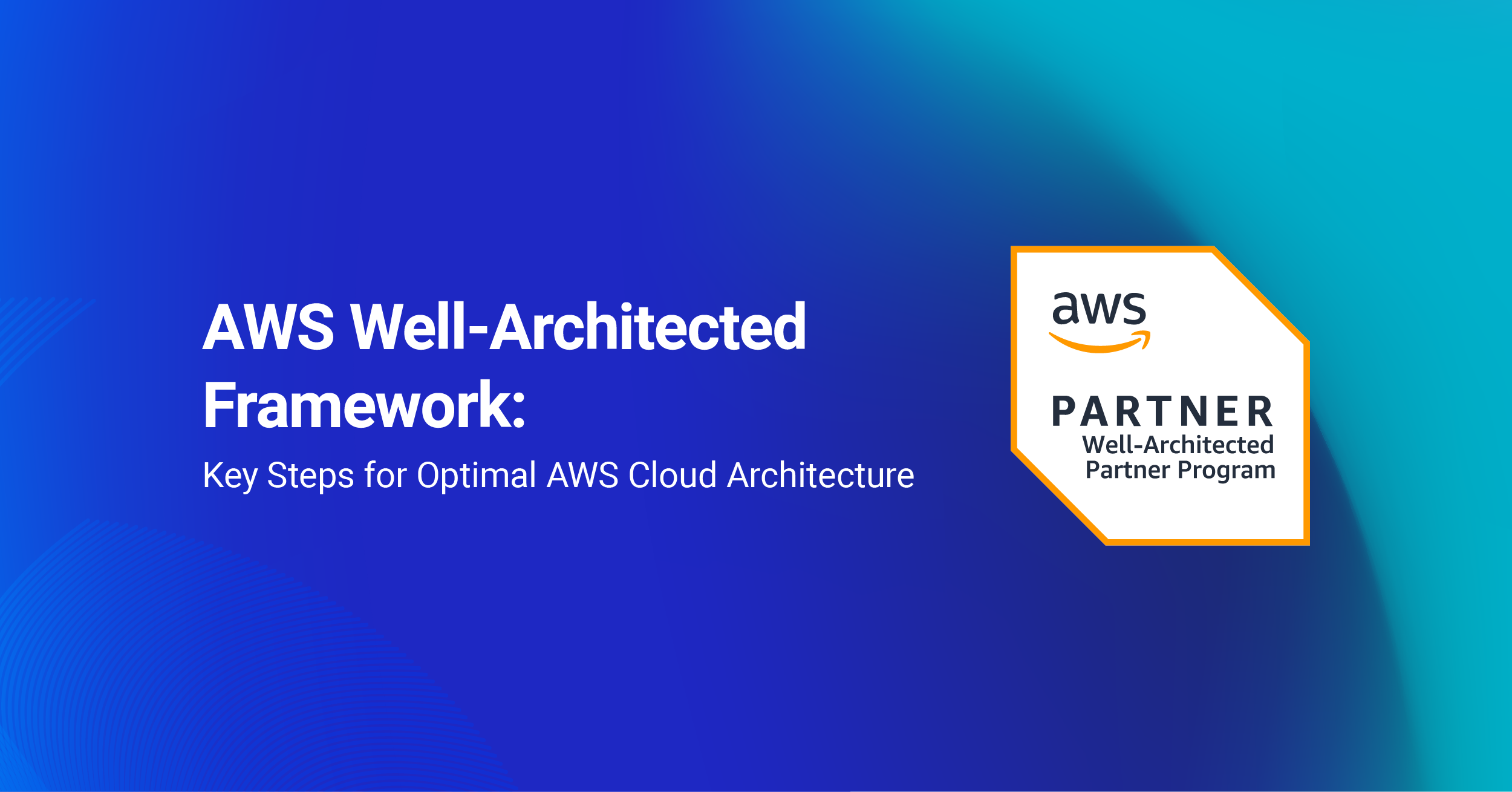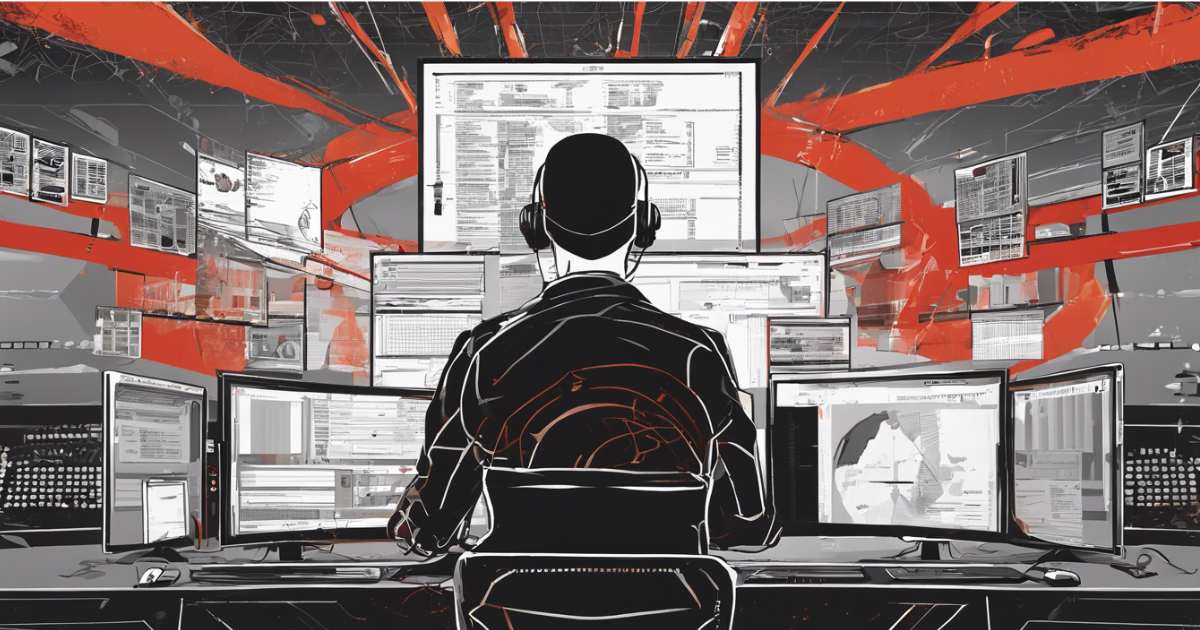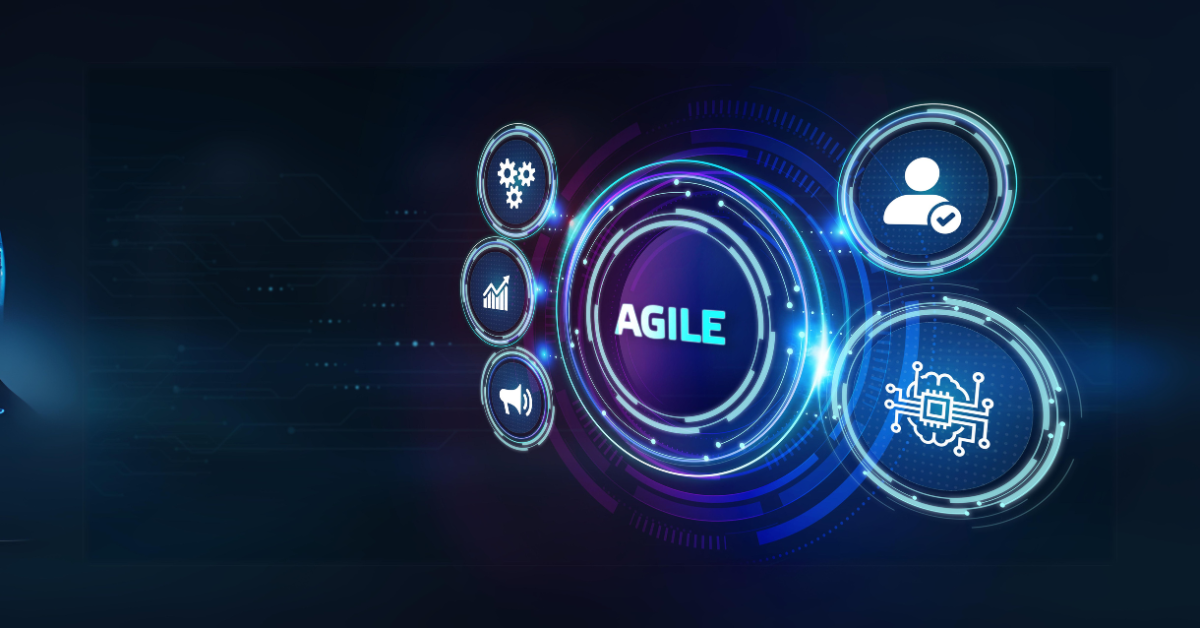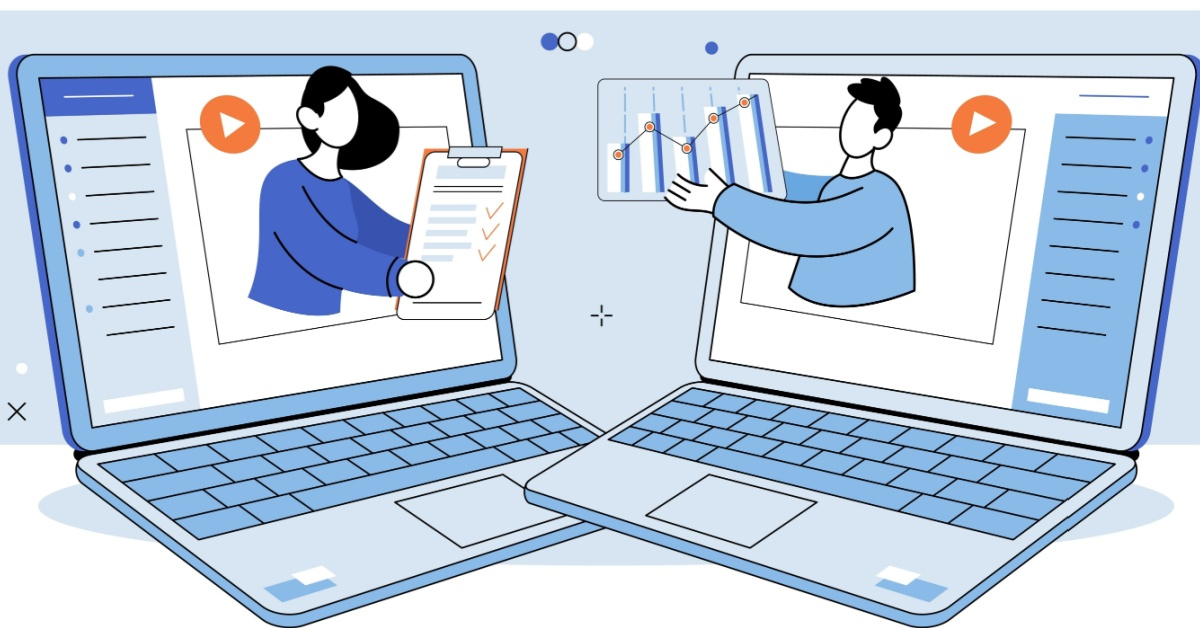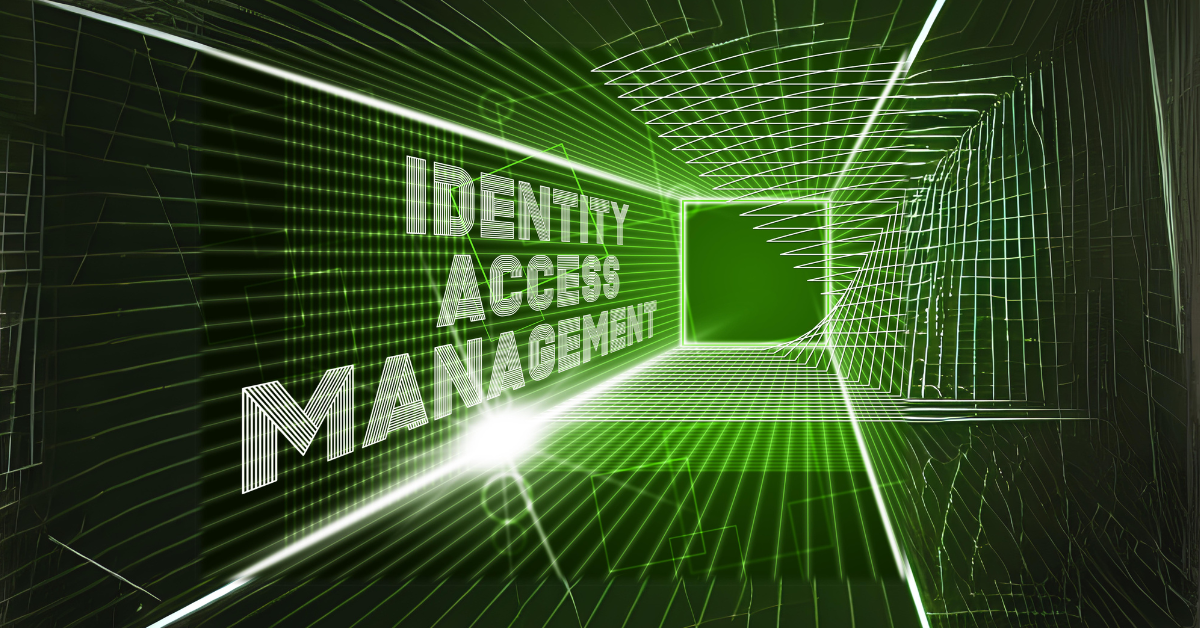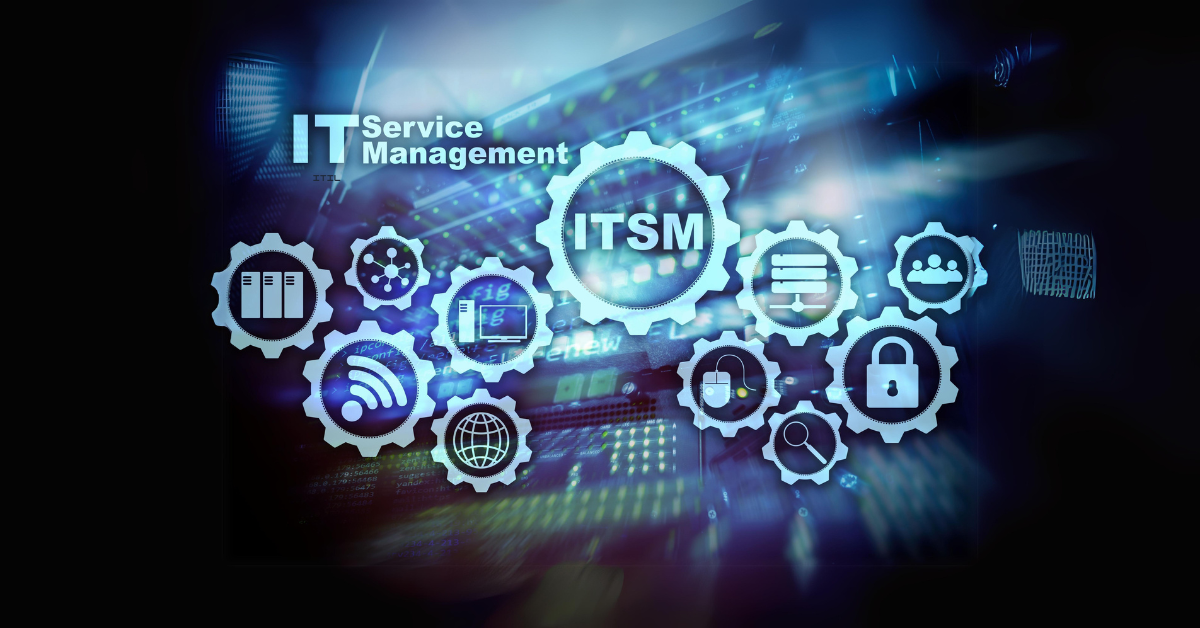A shocking 60% of businesses now face higher risks in our digital age, with cyber threats and data breaches among the top challenges heightening the need for enterprise risk management (ERM). This vital step not only protects your organization from emerging threats but also ensures smooth operations.
Your business must take a well-laid-out approach to spot, evaluate, and reduce risks. A detailed enterprise risk management framework protects your assets and helps you follow regulations. This leads to steady growth even as business complexity increases.
Let me show you how to put enterprise risk management into action. You’ll discover ways to use modern technology and AI solutions and create a culture where everyone understands risk. These practical strategies will help your business thrive through digital breakthroughs.
Leveraging Technology for Modern ERM
Modern enterprise risk management just needs advanced tech solutions to handle complex risk situations. Organizations must have strong digital tools and platforms to spot, evaluate, and reduce risks immediately. Data analytics in risk management helps identify possible losses and adjust operational plans. Companies that use these tools show remarkable improvements in risk forecasting.
Digital Tools and Platforms
A solid ERM strategy relies on complete digital solutions that work with risks of all types while showing clear visibility throughout your organization. Modern ERM platforms deliver these vital features:
- Risk assessments using consistent methods, frameworks, and criteria to ensure consistent evaluation
- Centralized dashboards that monitor risks and solutions
- Immediate risk detection and automated alerts
- Document management that enables real-life collaboration
Cloud-Based Risk Management Solutions
Cloud computing has revolutionized enterprise risk management by offering adaptable and stronger security. The selection of cloud-based ERM solutions should focus on platforms that continuously monitor and update data analytics strategies. Teams can see risk environments immediately through these solutions. This becomes vital since risks are typically exploited within two minutes of first exposure.
Data Analytics in ERM
Data analytics is the life-blood of modern risk management that lines up business goals with risk strategies. The true value shows up when analytics spots and warns about problems before they become losses. Data analytics boosts your ERM program by:
- Finding patterns and trends through historical data analysis.
- Creating predictive models with machine learning algorithms.
- Giving immediate insights through measurement and predictive modeling.
- Tracking key risk indicators, including training needs and system failures.
These technological solutions help learn about the risk landscape better. Companies that employ data analytics and predictive models have accurately forecast potential losses and adjusted their operational plans. AI-powered data insights also help spot new opportunities and reduce threats before they impact business.
Integrating AI and Machine Learning
Artificial Intelligence and Machine Learning reshape your organization’s approach to risk management. These technologies help you detect, analyze, and monitor risks in ways that weren’t possible before.
Automated Risk Detection
AI-powered automated detection systems make your risk management strategy stronger. These systems analyze big amounts of data to spot potential risks before they become threats. Machine learning algorithms learn from past data and get better at detecting anomalies and potential risks.
Key capabilities of automated risk detection include:
- Monitoring complex decision-making processes as they happen.
- Analyzing behavioral patterns and activities.
- Detecting credit card fraud and suspicious transactions.
- Identifying software vulnerabilities and potential cyber-attacks.
Predictive Risk Analytics
Your organization can now forecast and prepare for potential risks better with predictive analytics. Past data and market trends help you make informed decisions about risk mitigation strategies. Machine learning models predict various risk scenarios with better accuracy over time.
Essential components of predictive analytics:
- Data collection and preprocessing.
- Pattern recognition and analysis.
- Risk probability assessment.
- Automated reporting and alerts.
Real-time Risk Monitoring
AI-powered systems boost your risk monitoring capabilities by a lot. These systems track many metrics at once and alert you right away when risk levels get too high. To cite an instance, real-time monitoring systems in algorithmic trading track multiple risk factors like Value at Risk (VaR), drawdown monitoring, and leverage exposure.
The system keeps an eye on critical parameters such as:
- Portfolio value fluctuations.
- Market liquidity risks.
- Trade volume patterns.
- Exposure limits.
AI-driven monitoring helps your organization detect and respond to risks quickly. The system analyzes borrowers’ credit ratings and history to spot early signs of financial trouble. AI also watches cash balances across multiple bank accounts and uses current and historical operational data to predict when you might need external financing.
Building a Digital Risk Management Framework
A systematic approach helps organizations build a reliable digital risk management framework that matches their goals. Organizations that put good digital risk management frameworks in place see up to a 63% reduction in risk events and cut operational losses by 35%.
Digital Risk Assessment Tools
Your digital risk assessment toolkit should have detailed solutions to spot and evaluate potential threats. Modern assessment tools help solve old challenges. They connect different risk information databases and enable live monitoring.
These tools need key components:
- Automated risk identification systems.
- Live monitoring capabilities.
- Statistical modeling platforms.
- Vulnerability assessment scanners.
- Risk correlation analytics.
Cybersecurity Integration
Your risk management framework needs strong cybersecurity to protect against digital threats. Platform hardening, network architecture protection, and security monitoring should be your top priorities.
Your cybersecurity strategy works best when you:
- Get a full picture of security needs.
- Put platform hardening measures in place.
- Set up network security protocols.
- Set up continuous monitoring systems.
- Create incident response plans.
Data-Driven Decision Making
Smart use of data changes how organizations handle risk management. Companies that use data analytics in their risk strategy get more accurate forecasts and better resource allocation.
These key areas help you get the most from data-driven decisions:
- Building a detailed risk database with data from multiple sources.
- Making data accessible to improve team collaboration.
- Using risk management information systems (RMIS) to monitor continuously.
- Creating predictive models for risk assessment.
Your framework should include digital resiliency measures because system availability is essential in technology-dependent operations. Digital enterprise risk management gives you precision, live capabilities, and better decisions. This approach also helps find hidden risks that old methods might miss. The result is stronger risk prevention and a more resilient organization.
Implementing Cloud-Based ERM Solutions
Cloud-based enterprise risk management solutions can substantially affect your organization’s success. Recent studies show that companies using cloud-based ERM solutions cut operational costs by 30% and get better security features.
Selecting the Right Platform
Your cloud-based ERM platform should match your organization’s specific needs and objectives. These vital criteria will help you evaluate potential solutions:
- Security capabilities and compliance features.
- Integration possibilities with existing systems.
- Scalability and performance metrics.
- Vendor reputation and support services.
- Cost structure and ROI potential.
- Data privacy and protection measures.
Migration Strategies
A successful cloud migration needs careful planning and execution. Industry research shows that a complete evaluation of your current environment is vital to success. These proven steps will help you transition smoothly:
- Assess your current environment and future needs.
- Choose an appropriate cloud model (public, private, or hybrid).
- Start with small, manageable workloads.
- Implement automation where possible.
- Monitor and optimize performance.
Automation of many aspects during migration will reduce operational costs and minimize disruption. This approach helps maintain business continuity while ensuring a successful transition to your new cloud-based system.
Integration with Existing Systems
Your cloud-based ERM solution must work naturally with your current infrastructure. Studies show that effective integration can boost annual revenues by 15-20%. Create a unified system that enables data flow between platforms while maintaining security and compliance.
These key aspects need priority when integrating your new cloud-based ERM solution:
- Data synchronization between systems.
- API compatibility and connectivity.
- Security protocols alignment.
- User access management.
- Performance monitoring tools.
A cloud access security broker (CASB) can help enforce security policies between cloud service users and providers. This approach ensures that your integrated system maintains reliable security while enabling efficient operations.
Your integration strategy should include complete testing phases to verify system compatibility and performance. Companies that use thorough testing protocols face fewer disruptions during the transition period. Your team needs adequate training on the new integrated system to maximize its benefits and maintain operational efficiency.
Creating a Risk-Aware Digital Culture
People are the foundation of successful enterprise risk management. Organizations with strong risk-aware cultures face 23% fewer risk incidents. A strategic mix of digital training, employee involvement, and smart technology helps build this culture.
Digital Training Programs
Traditional onboarding sessions no longer cut it for digital training strategies. Companies that run periodic risk management training show better results in risk detection and response.
Your training program should include these key elements:
- Interactive online learning modules.
- Regular risk awareness refresher courses.
- Role-specific risk management training.
- Practical scenario-based exercises.
- Performance tracking and assessment tools.
Employee Engagement Strategies
Risk management needs more than just training. It requires everyone to share responsibility for risk awareness. Companies where employees actively participate in risk identification show 30% better risk mitigation effectiveness.
A solid strategy should target these areas:
- Creating clear communication channels for risk reporting.
- Recognizing and rewarding risk awareness initiatives.
- Establishing risk management roles across departments.
- Developing feedback mechanisms to improve continuously.
- Building cross-functional risk assessment teams.
Technology Adoption Best Practices
Risk management needs a balanced approach to technology adoption. Research shows companies struggle with significant challenges with outdated systems. This makes technology replacement and transformation programs vital.
These key areas will help smooth technology adoption:
- Line up technology initiatives with business strategy.
- Provide detailed training on new tools.
- Ensure cross-functional collaboration.
- Integrate risk controls from the start.
- Monitor and measure adoption success.
Your technology adoption strategy should prioritize evidence-based decision-making while promoting innovation. Risk and control professionals should join the implementation process early to maintain security and compliance.
Regular training programs and consistent risk communication create an environment where risk awareness becomes natural. Success in risk identification deserves celebration, and active participation helps build meaningful risk culture.
Building a risk-aware digital culture never stops. Regular assessments help measure how well training programs and engagement strategies work. This helps spot areas needing improvement and keeps your risk management culture in step with changing business needs.
Conclusion
Modern enterprise risk management goes beyond traditional approaches and just needs a strategic mix of technology, AI-powered solutions, and human expertise. Your organization’s success relies on building a detailed digital framework that handles modern risks while you retain control of operations.
The right digital tools, AI-driven monitoring systems, and promoting a risk-aware culture will boost your risk management capabilities. Cloud-based solutions provide scalability and improved security. Data analytics give you deeper understanding of potential threats. Your team’s active participation and continuous training make your risk management strategy work better.
Enterprise risk management is an ongoing process of improvement and adaptation. Companies that accept new ideas in their risk management approach demonstrate better resilience against emerging threats. These organizations achieve sustainable growth in today’s complex business environment.

